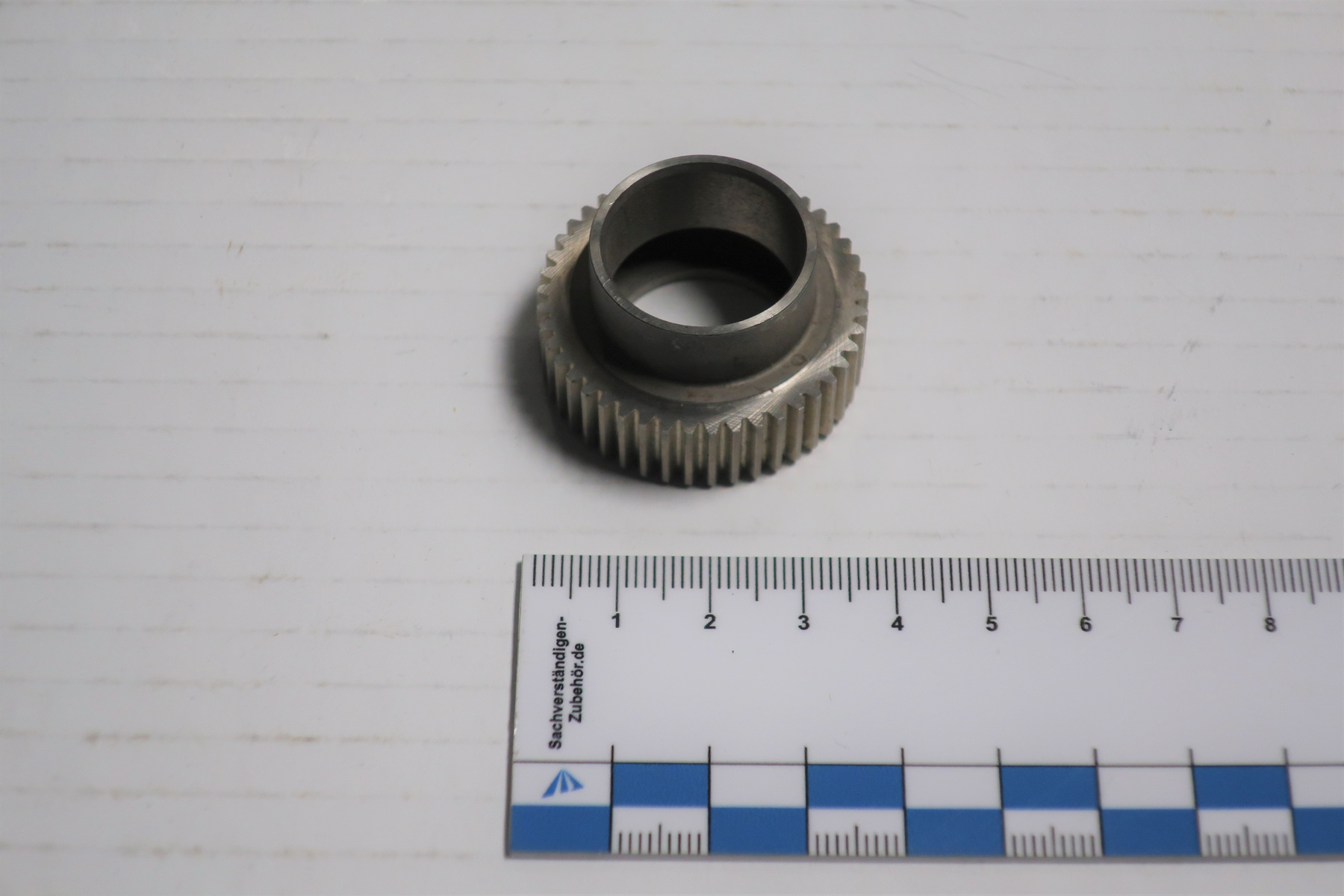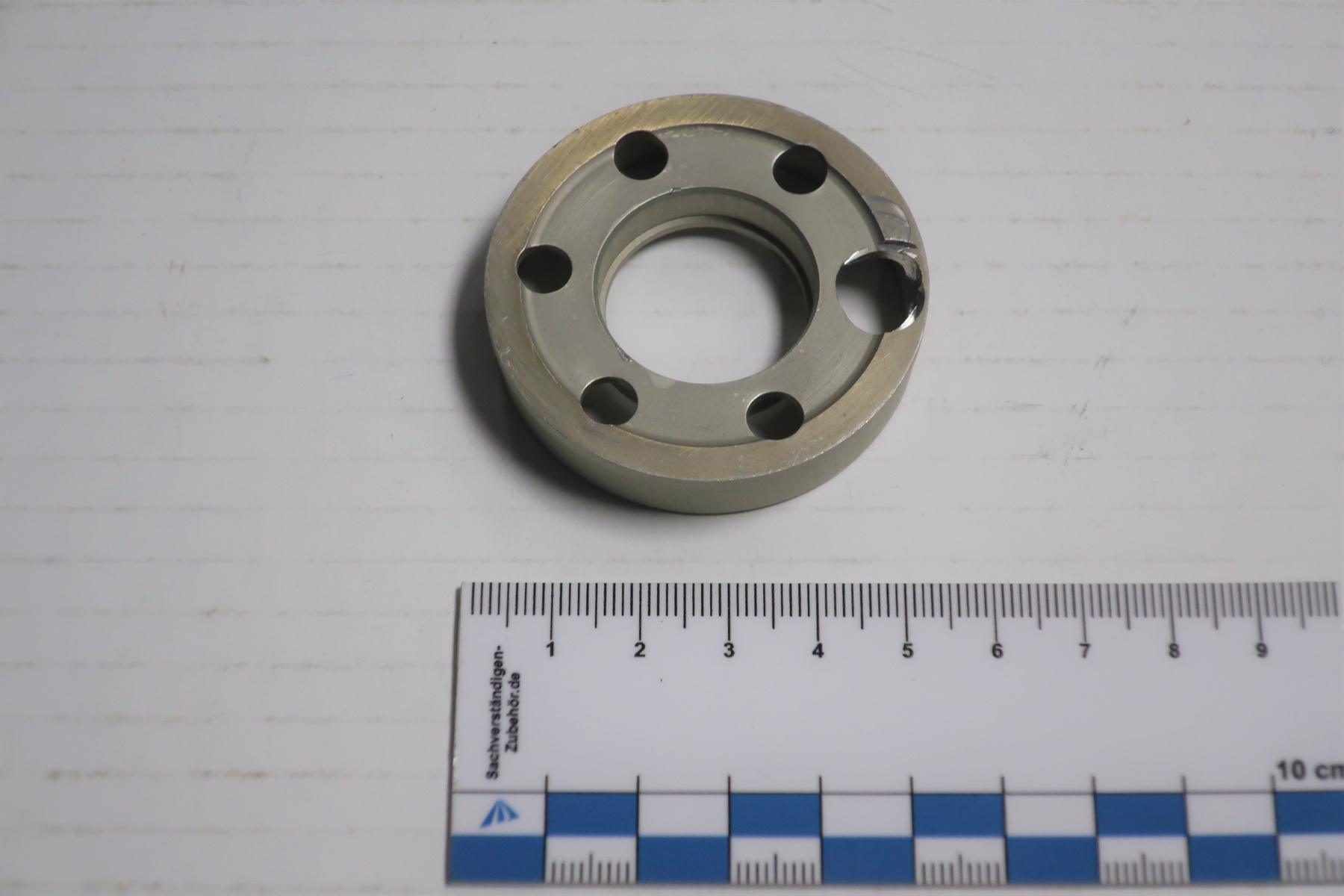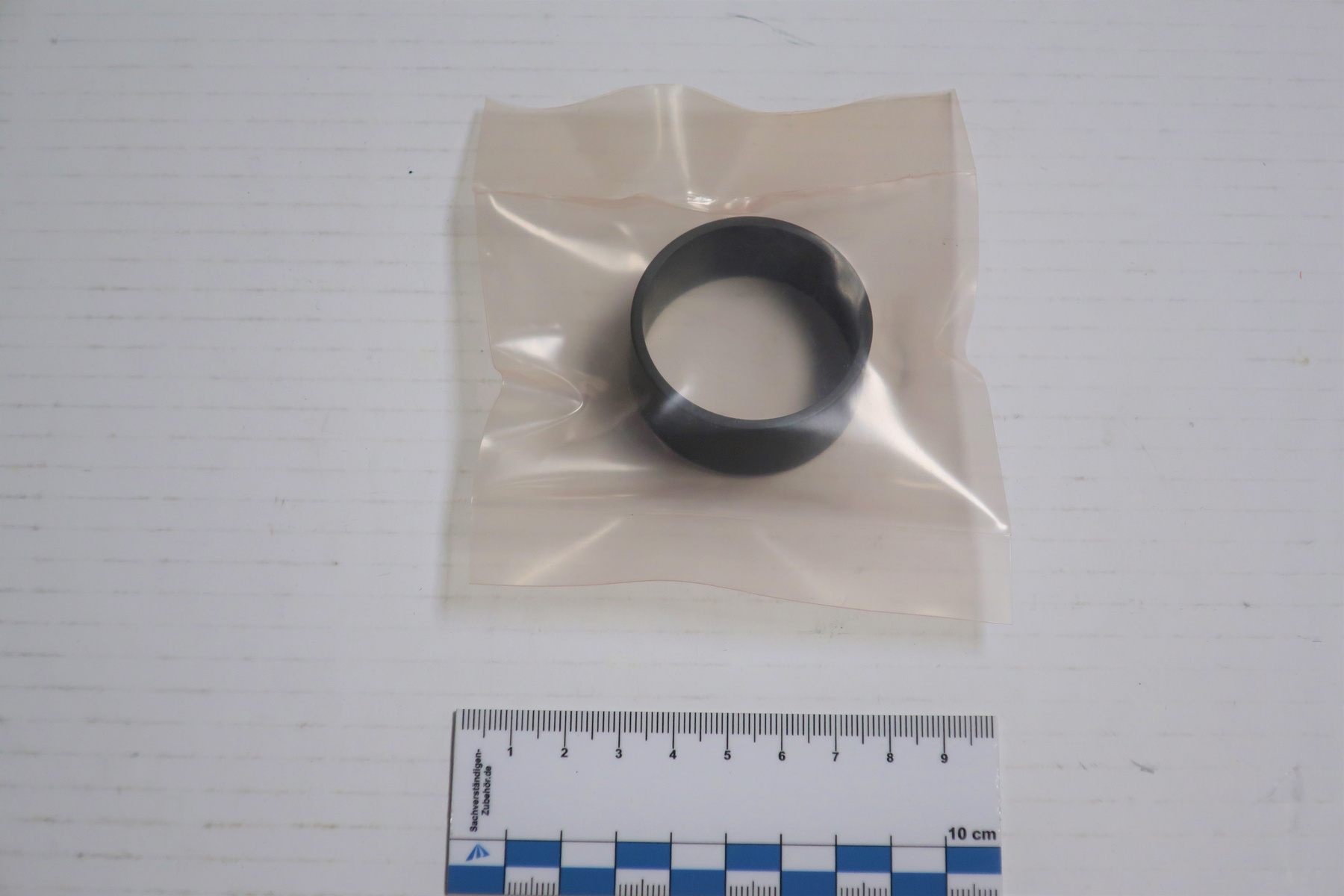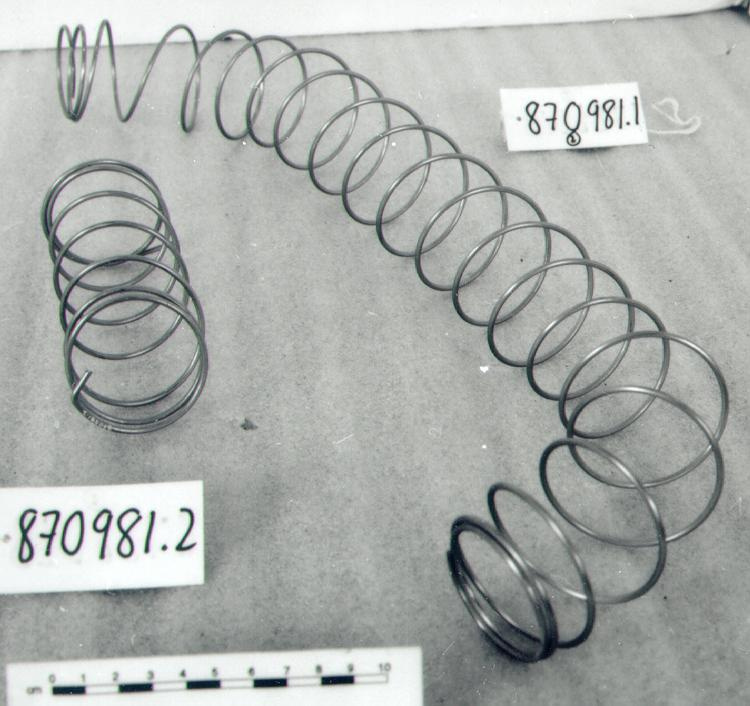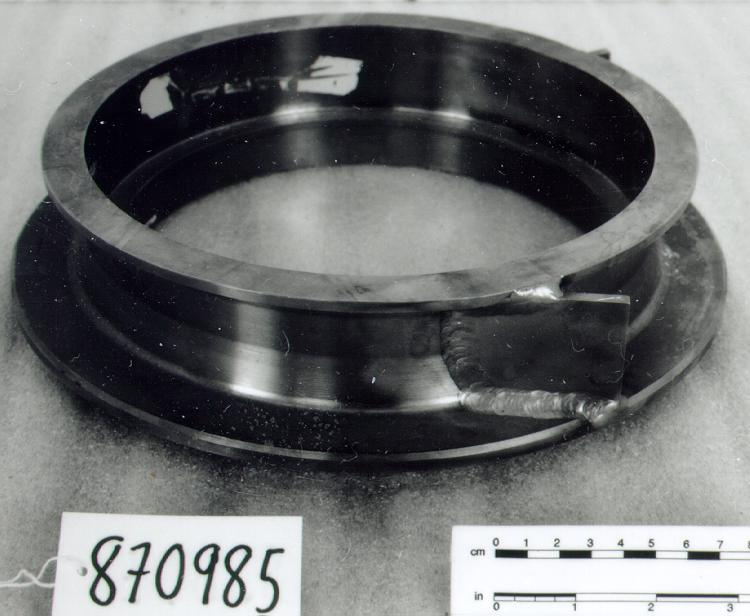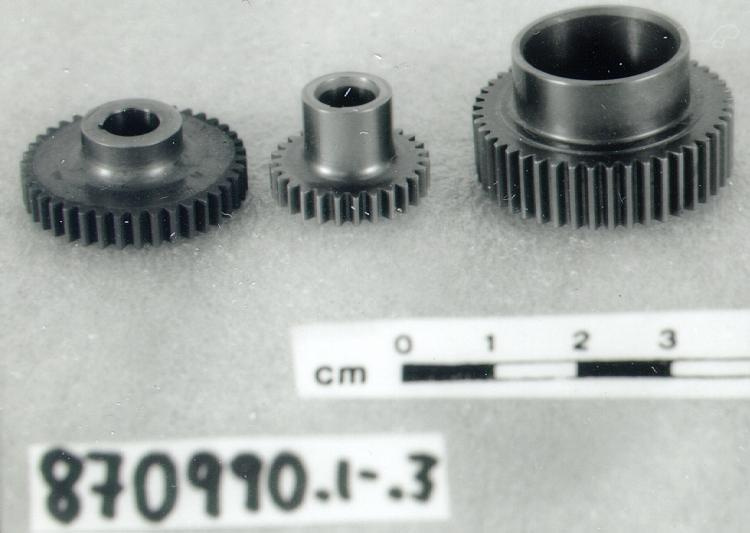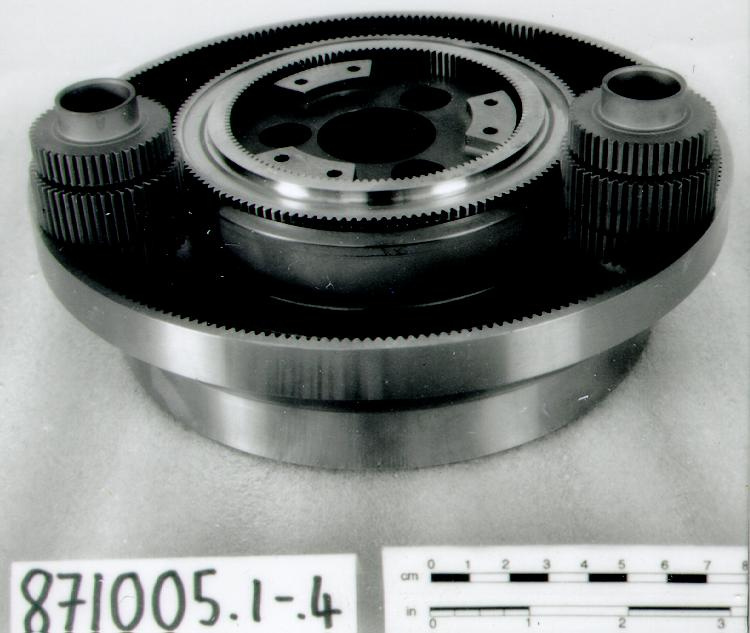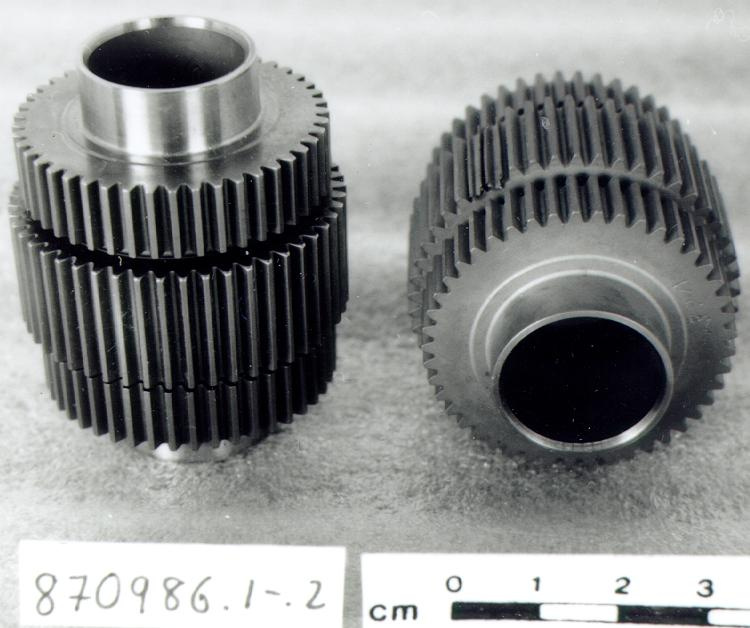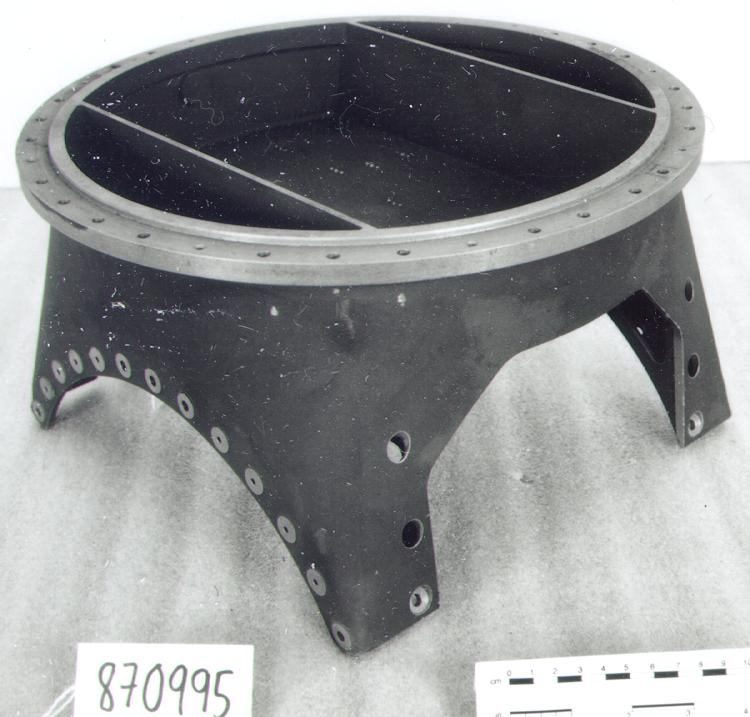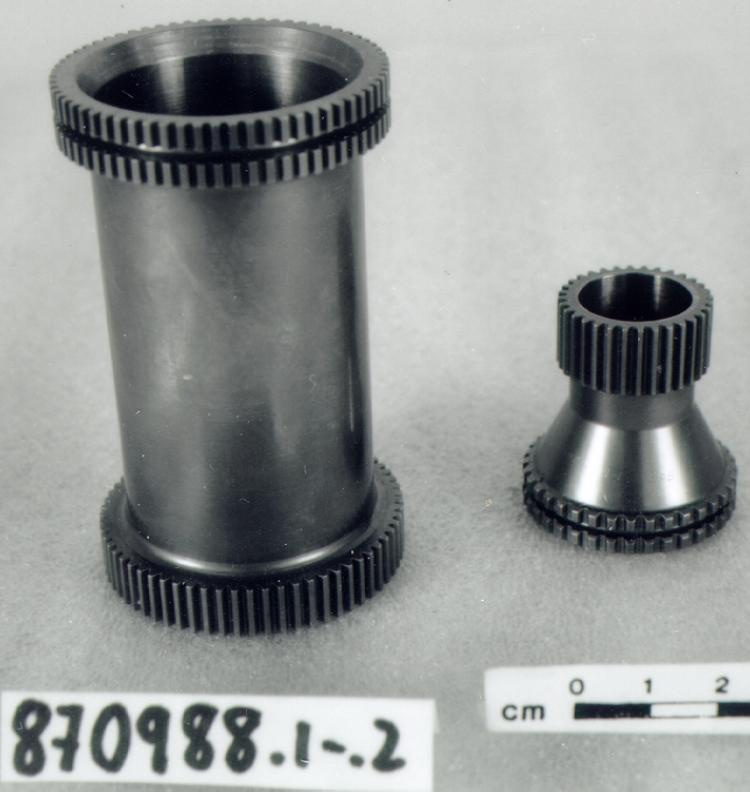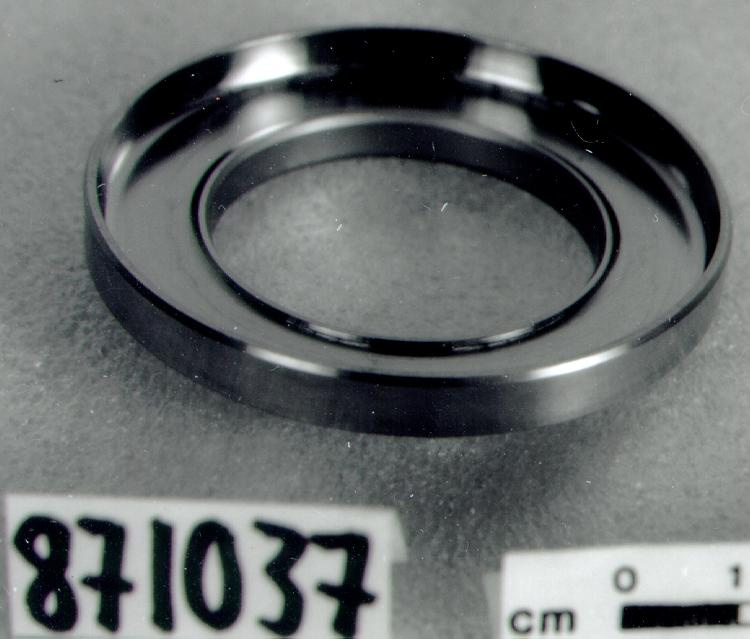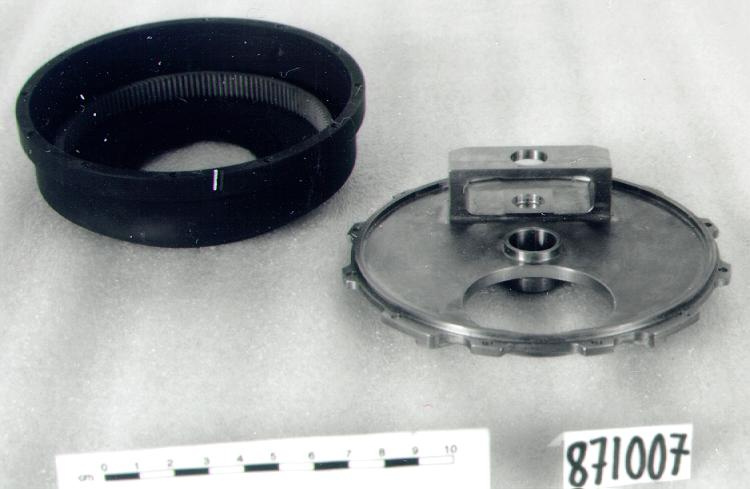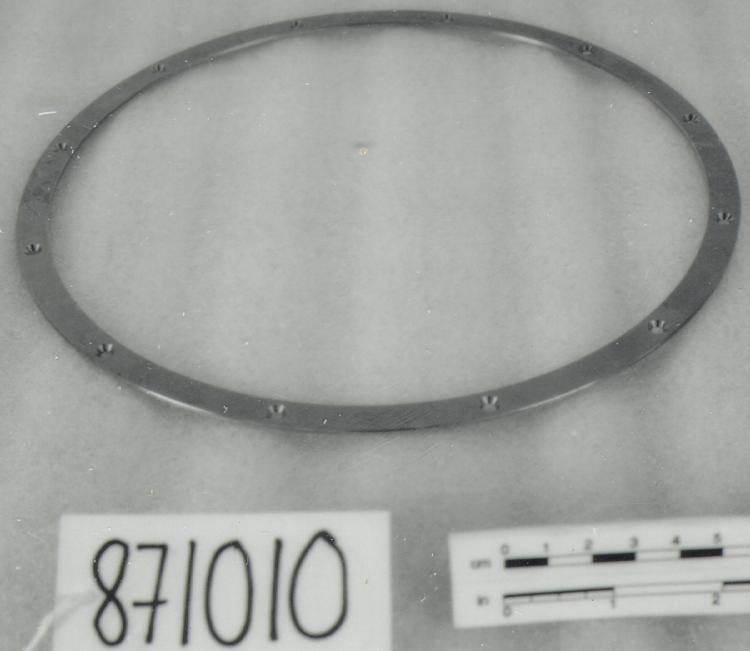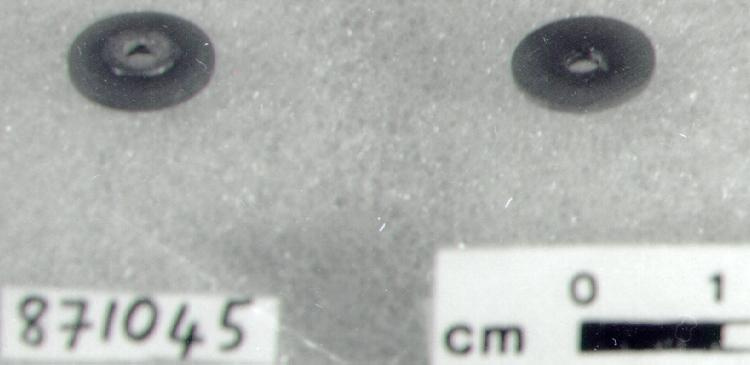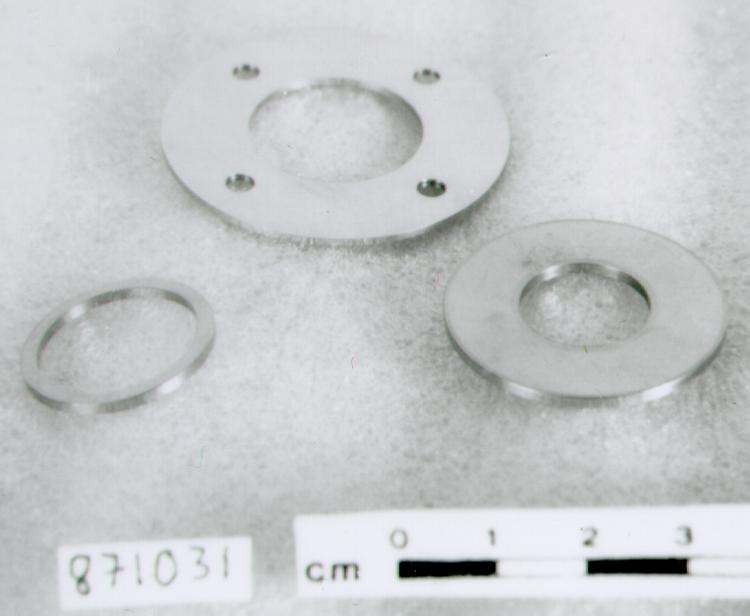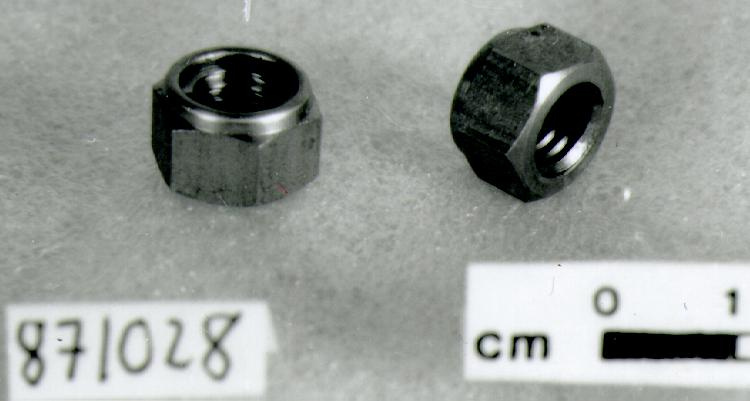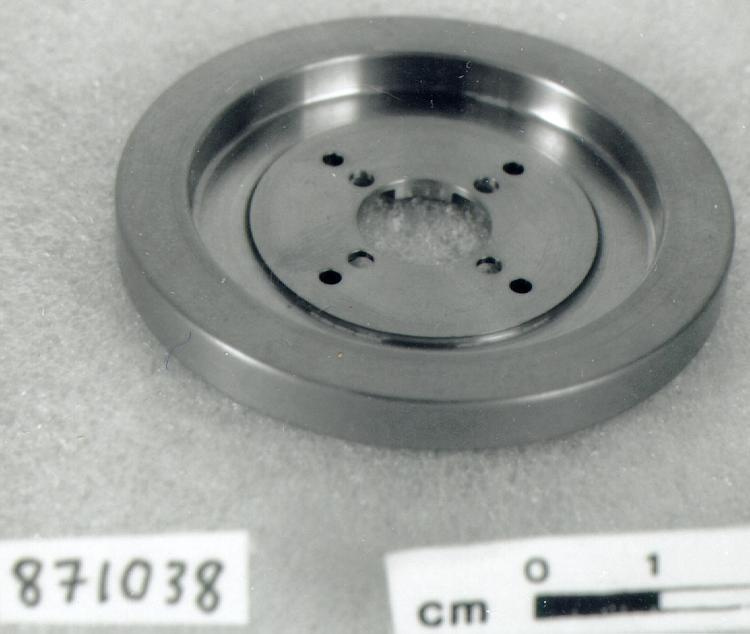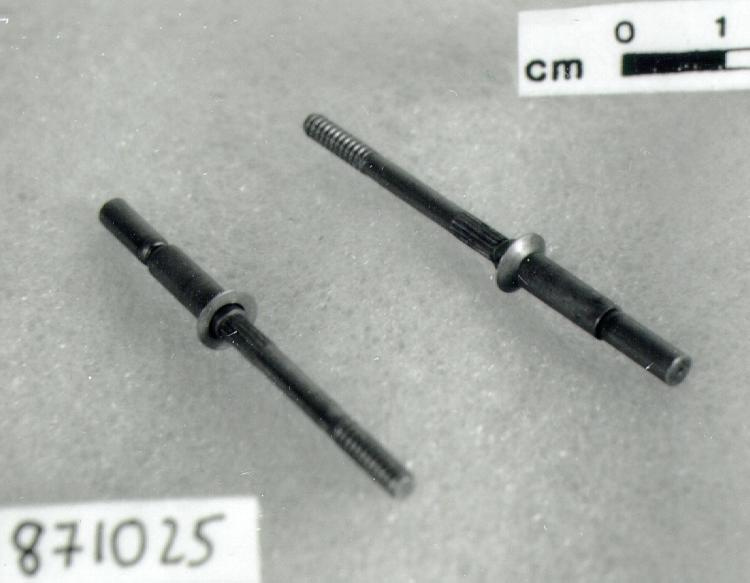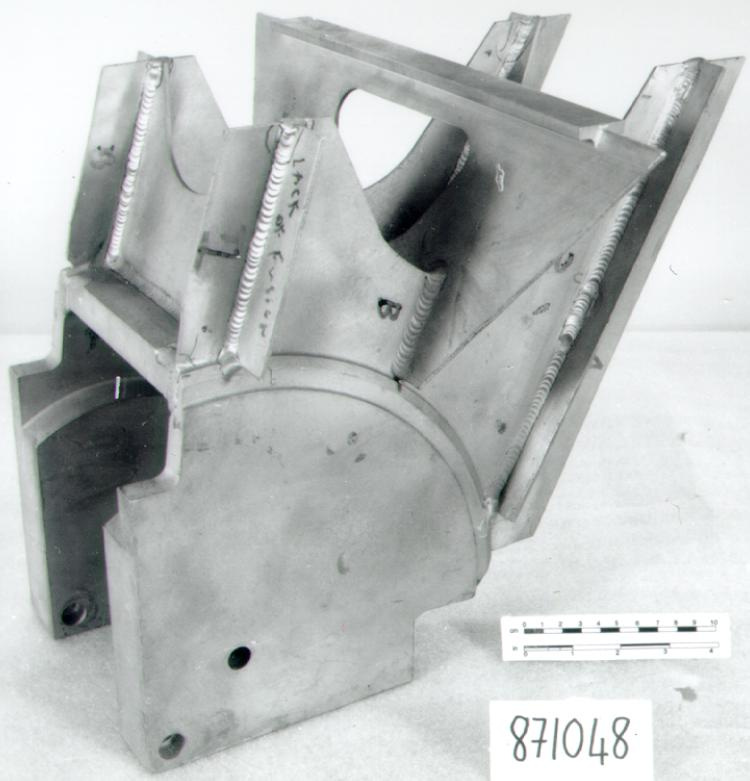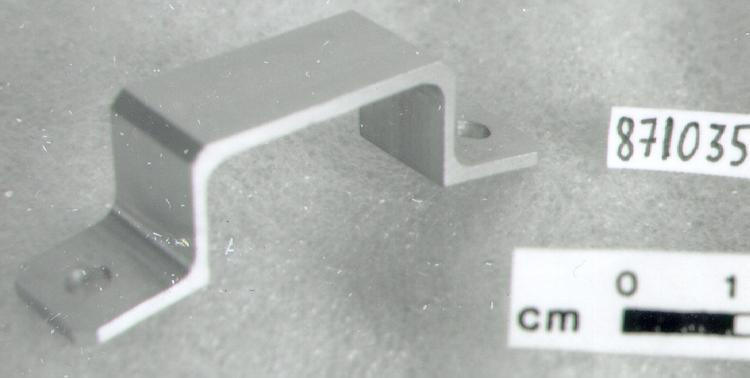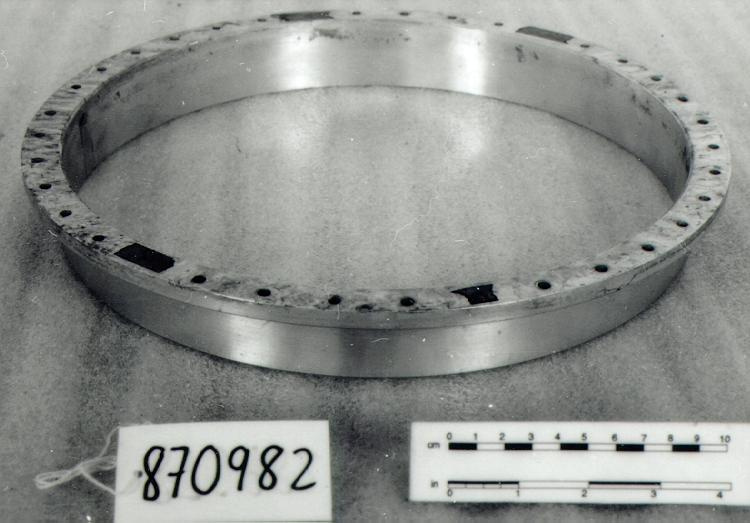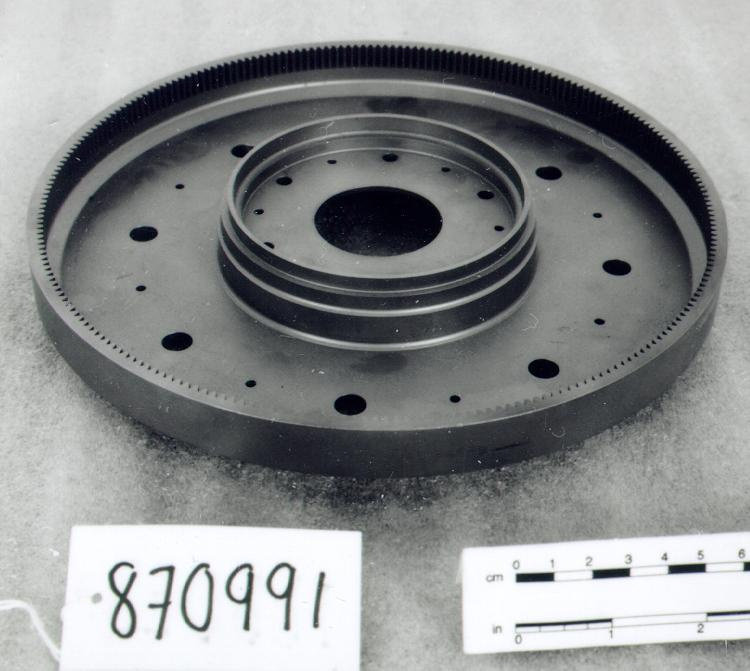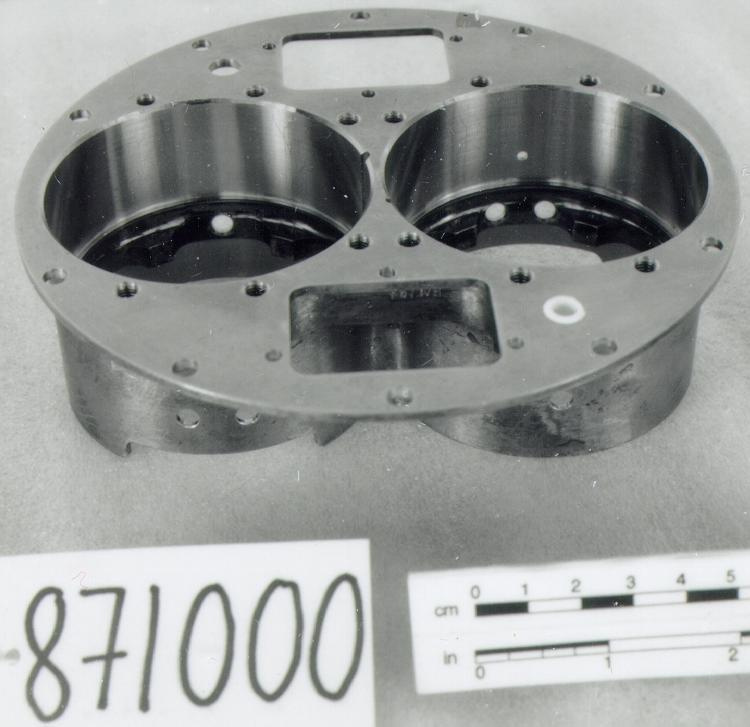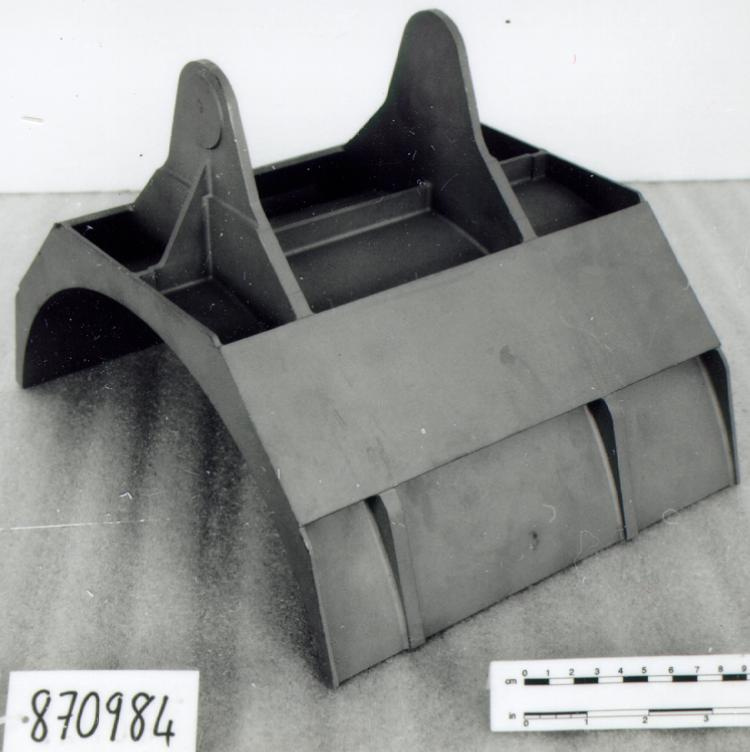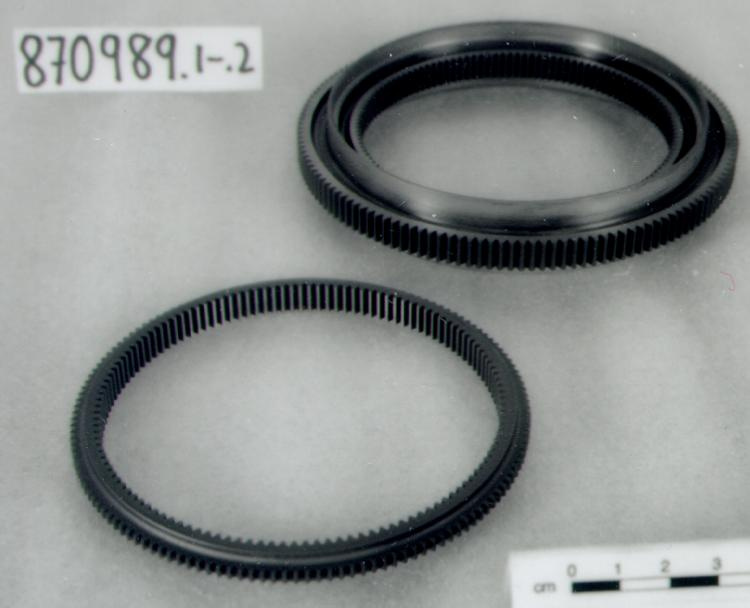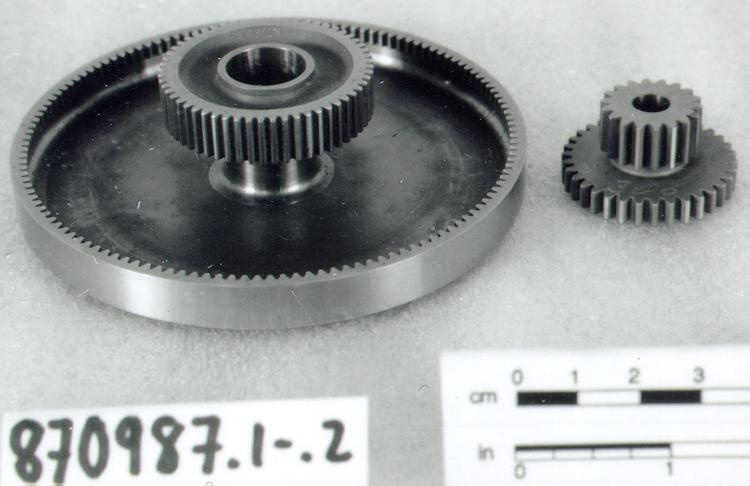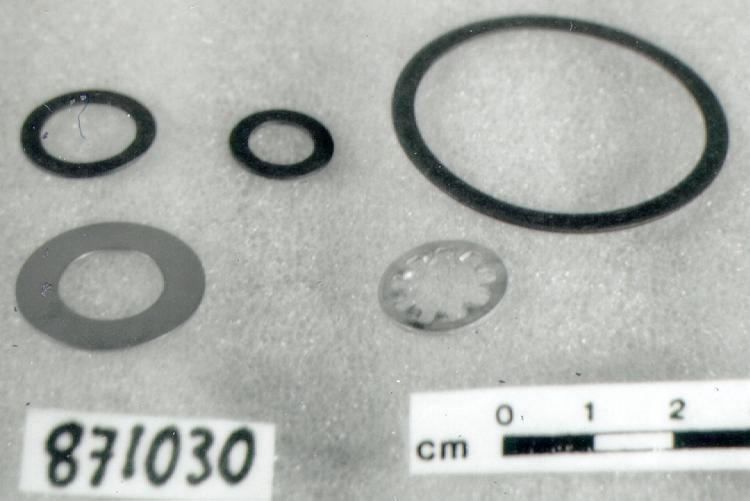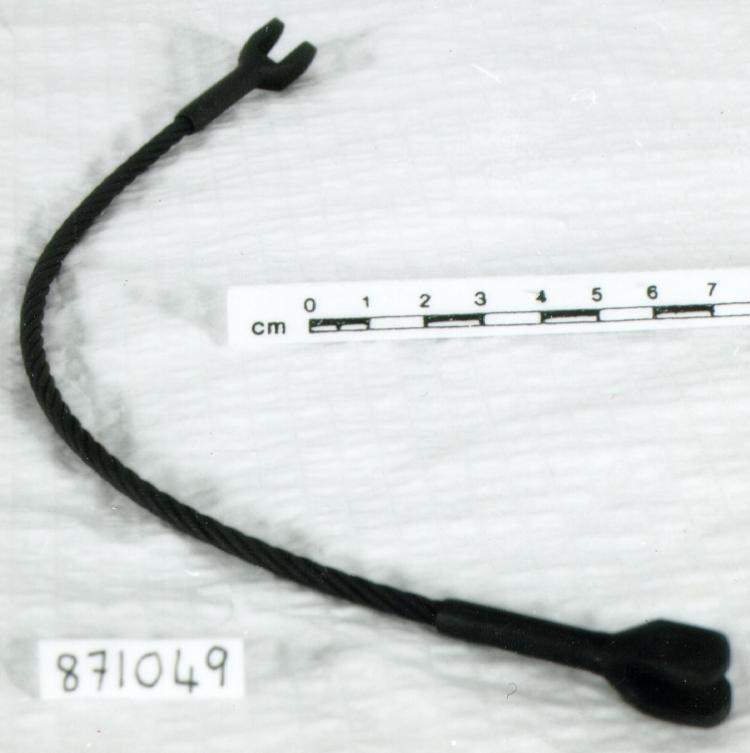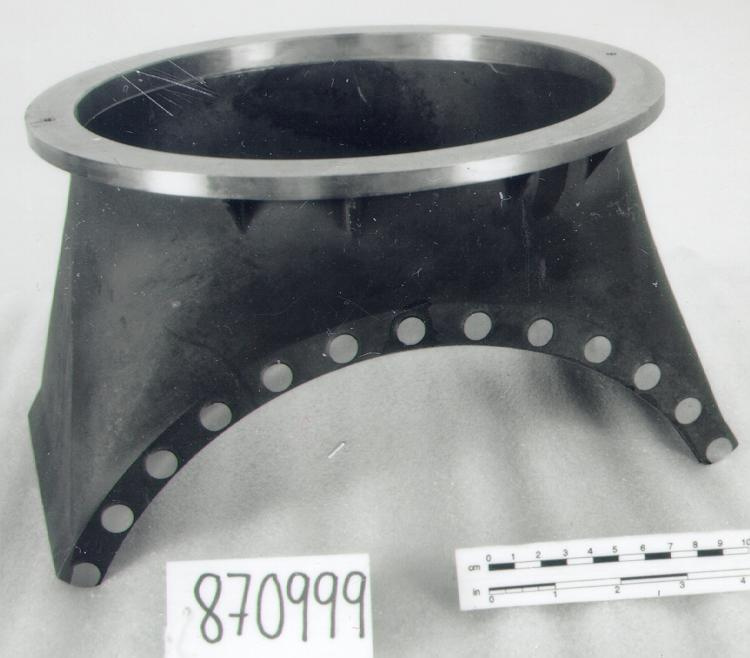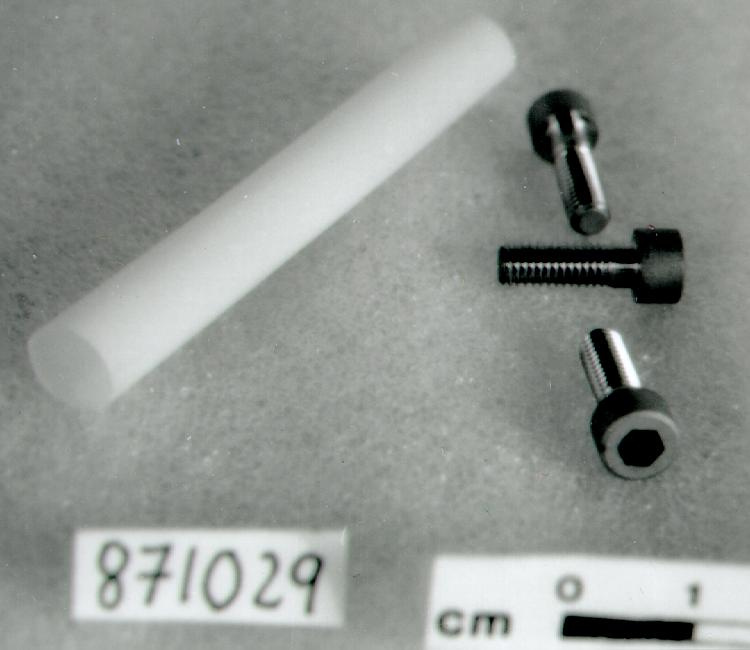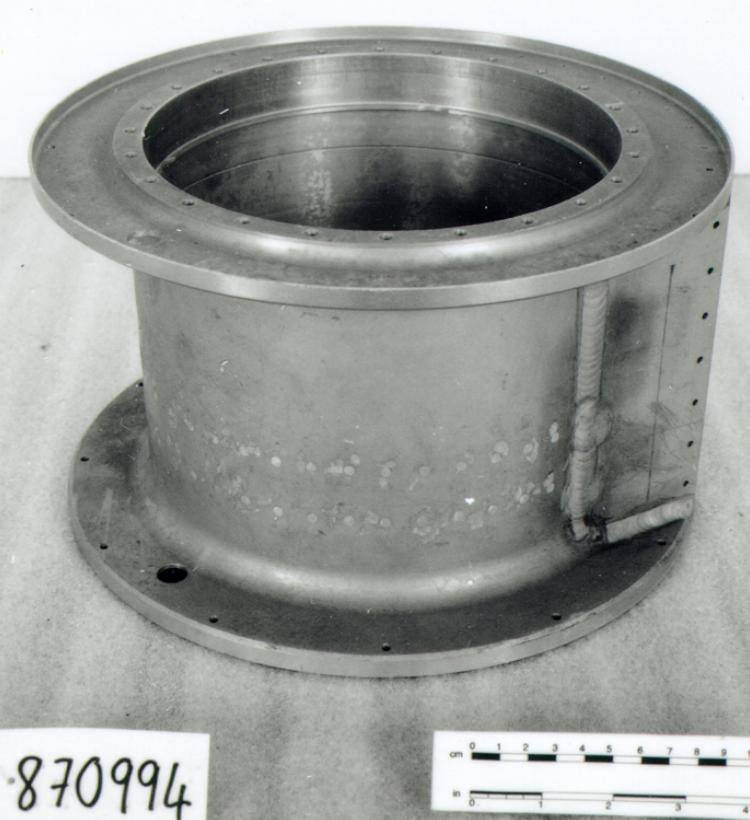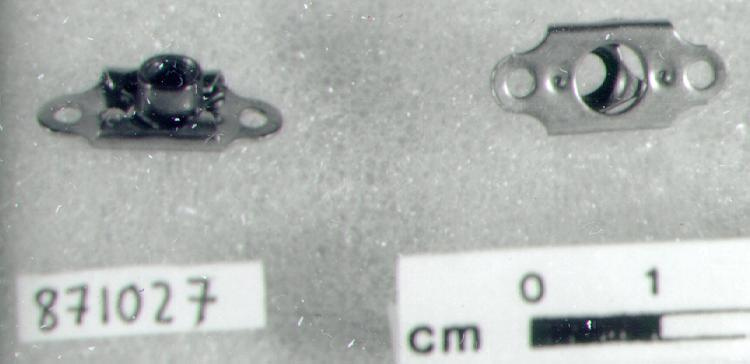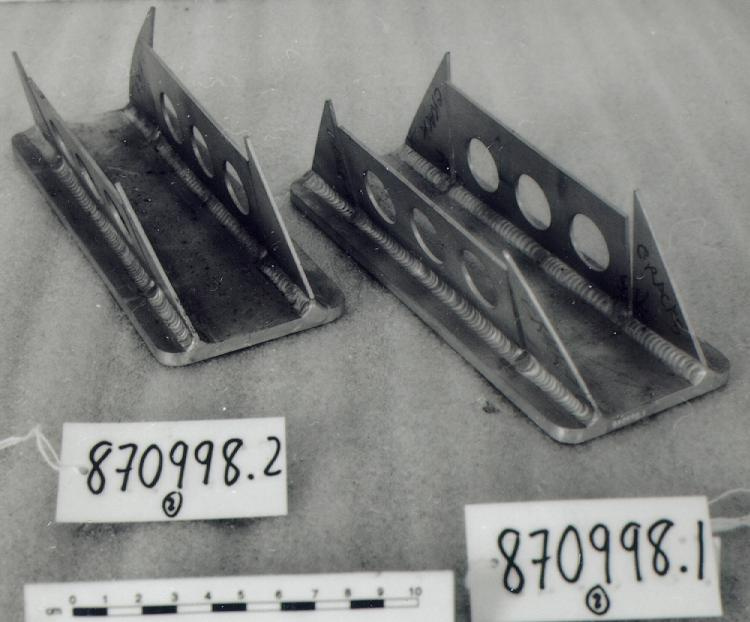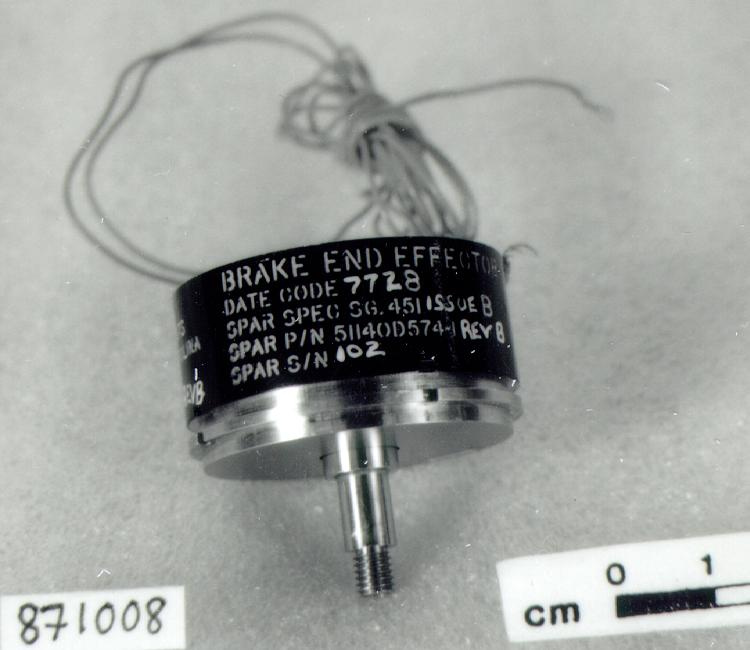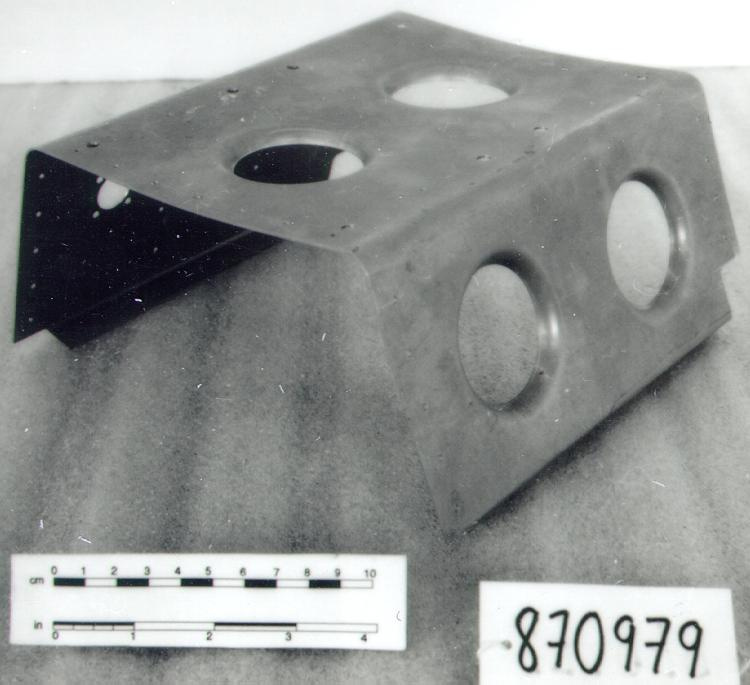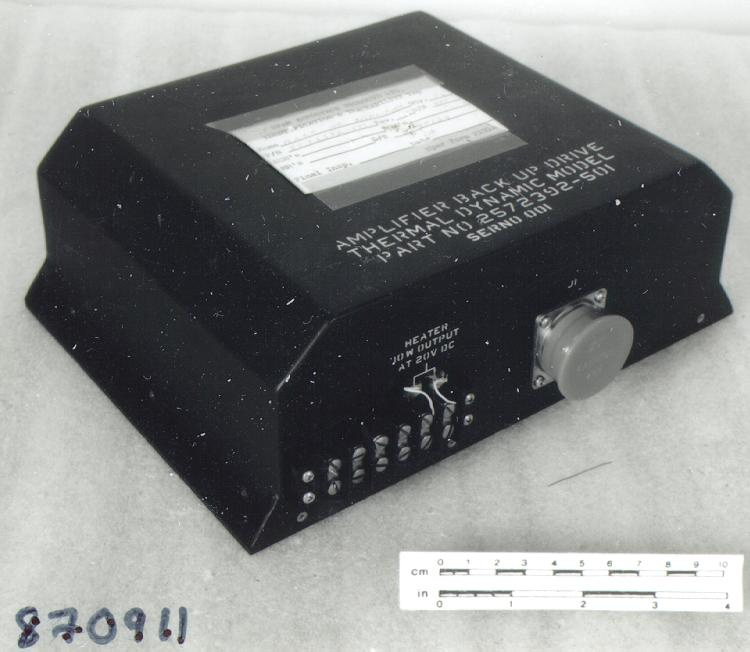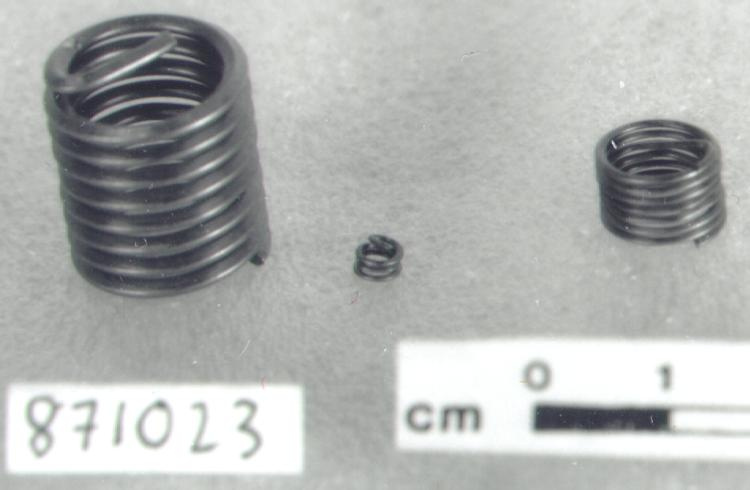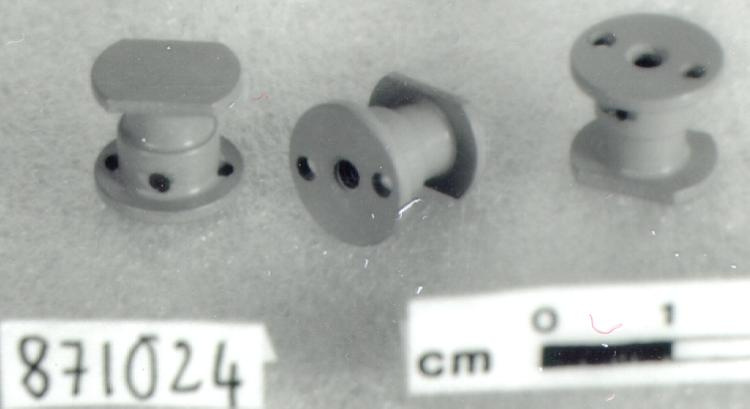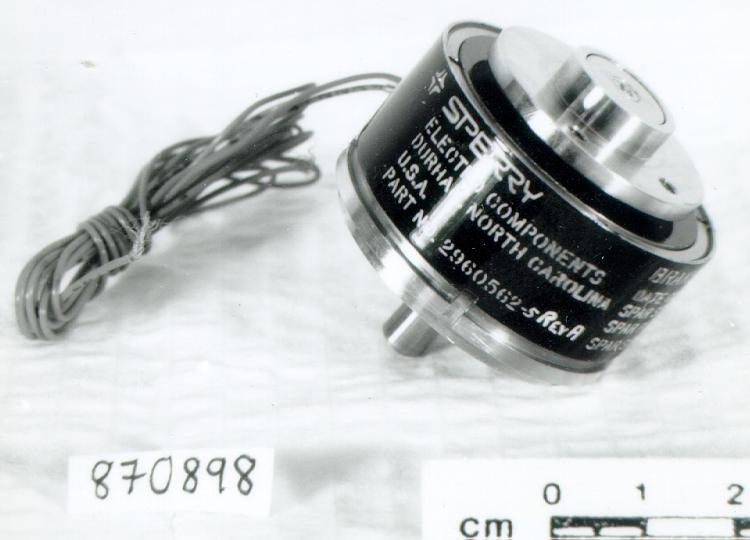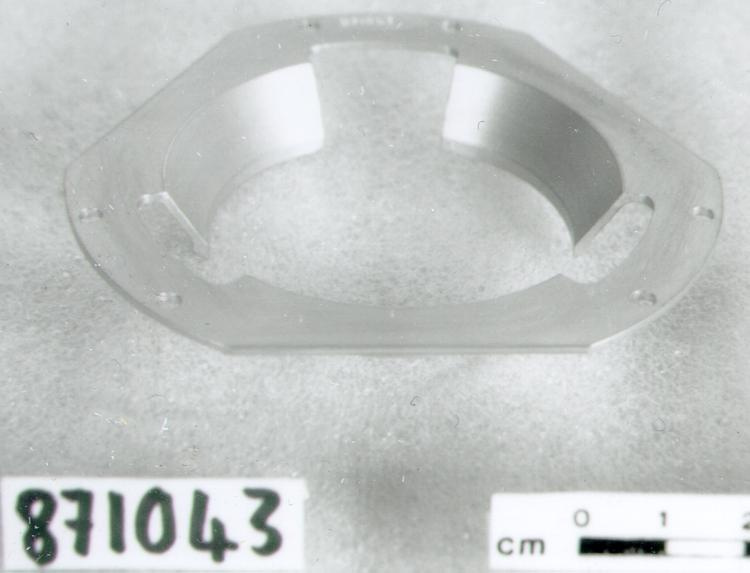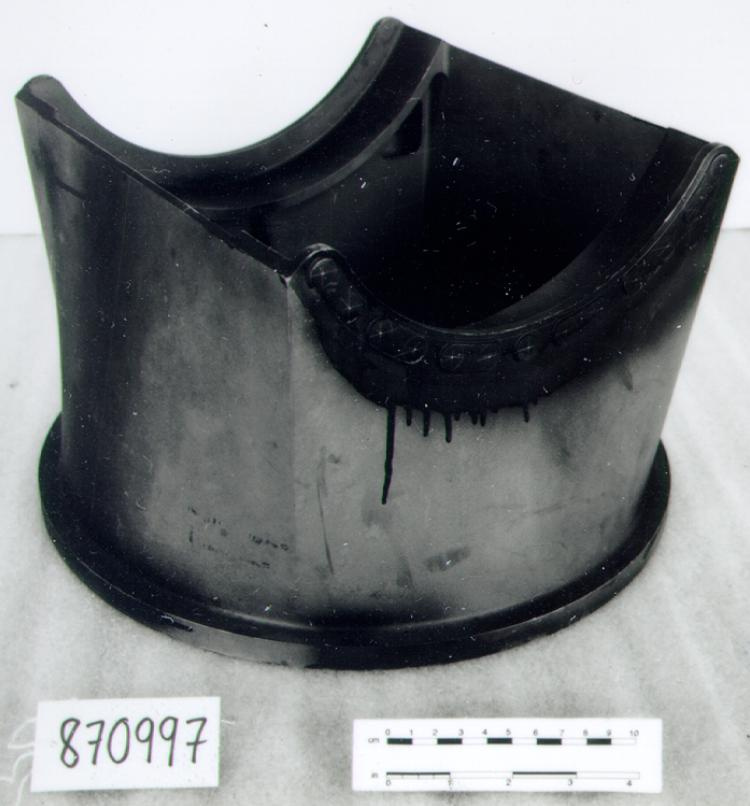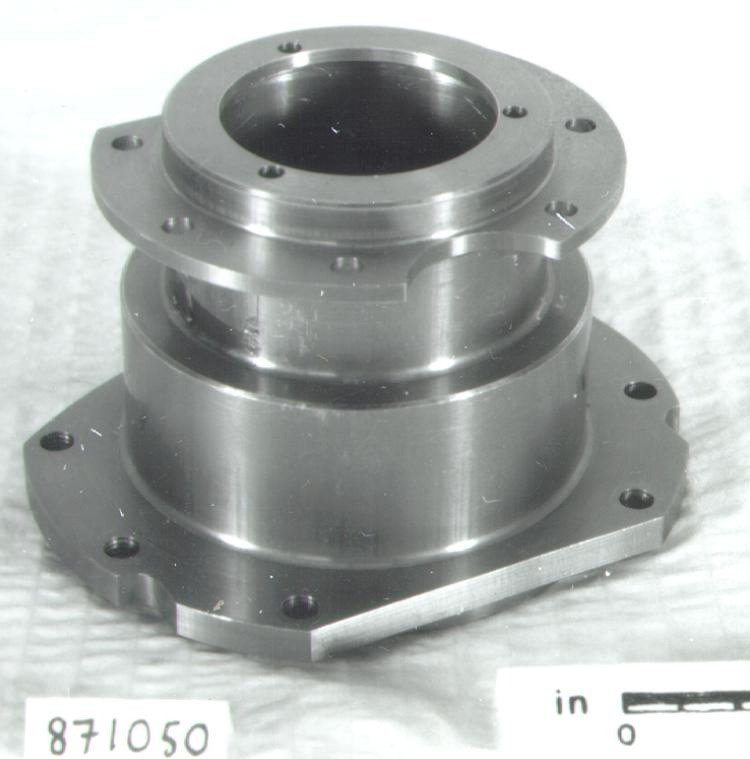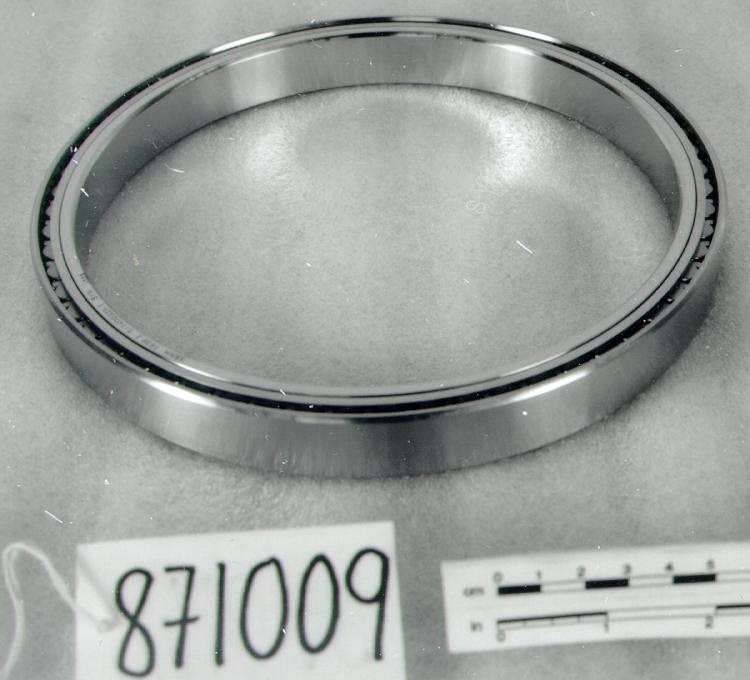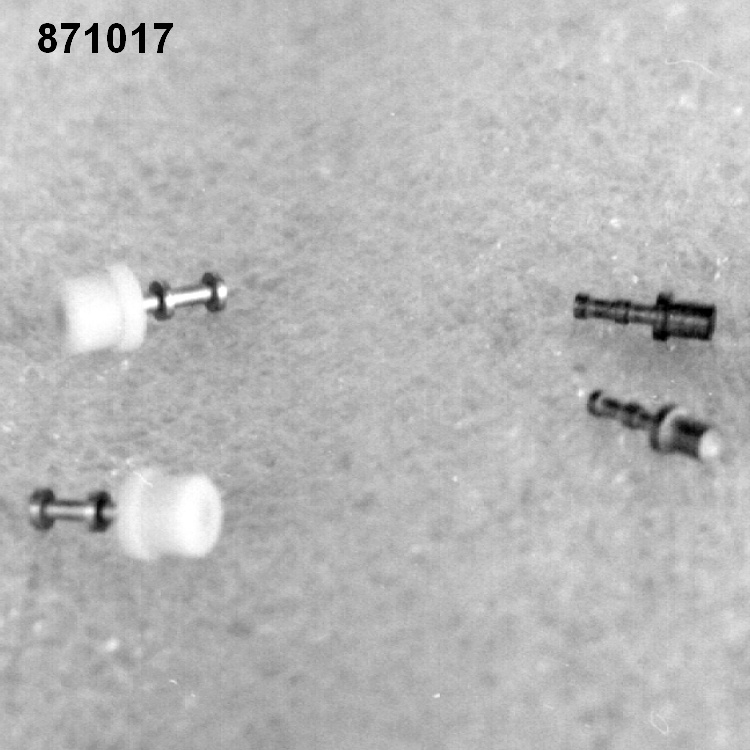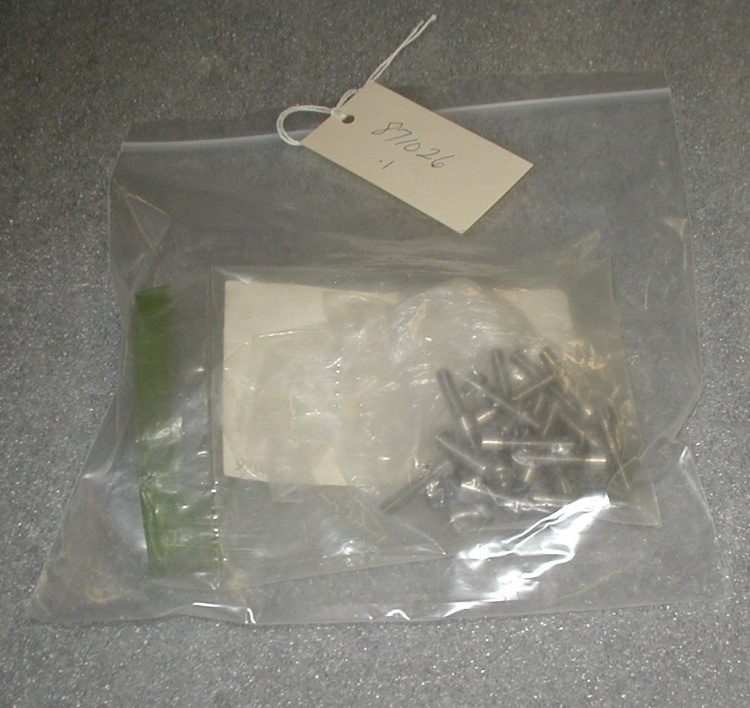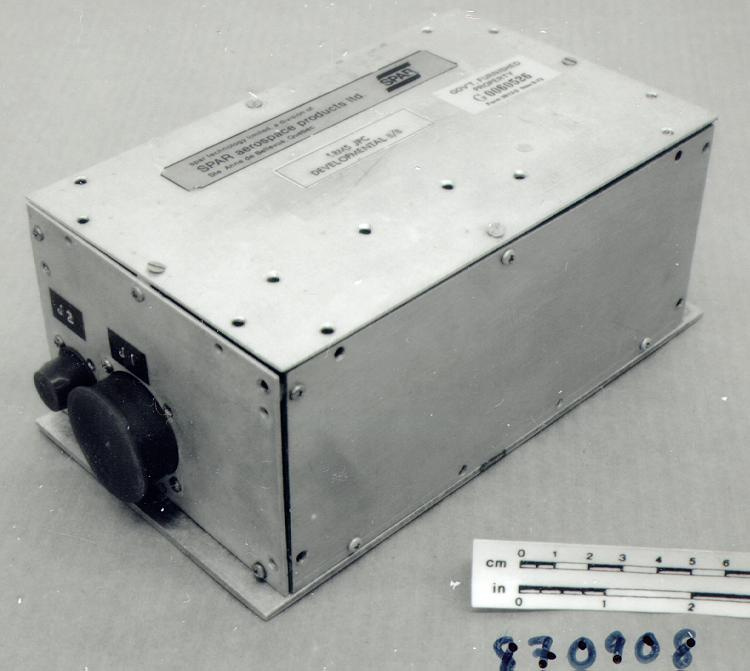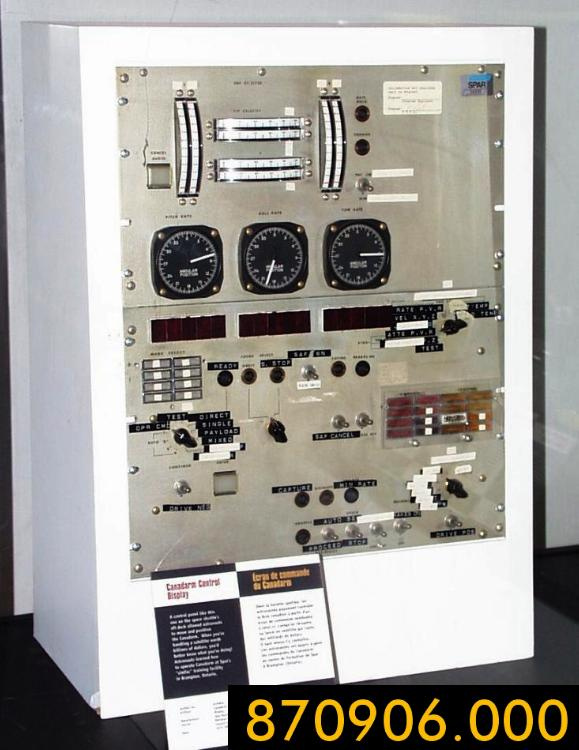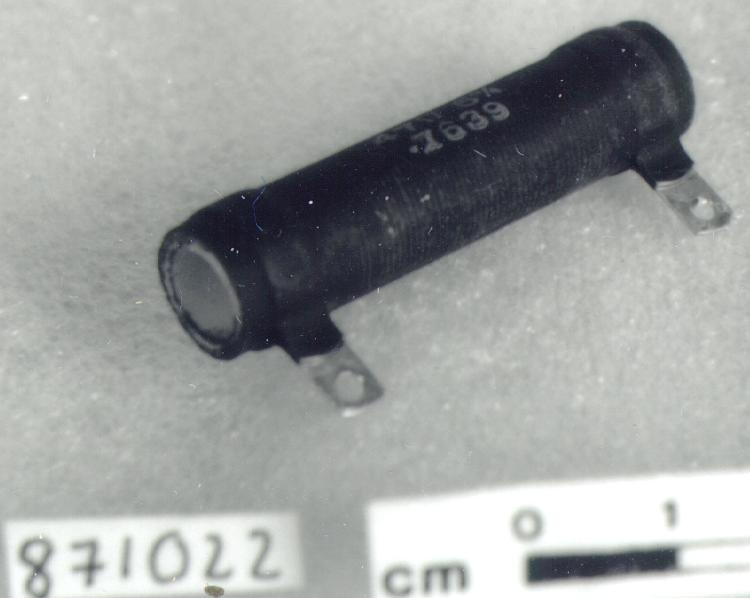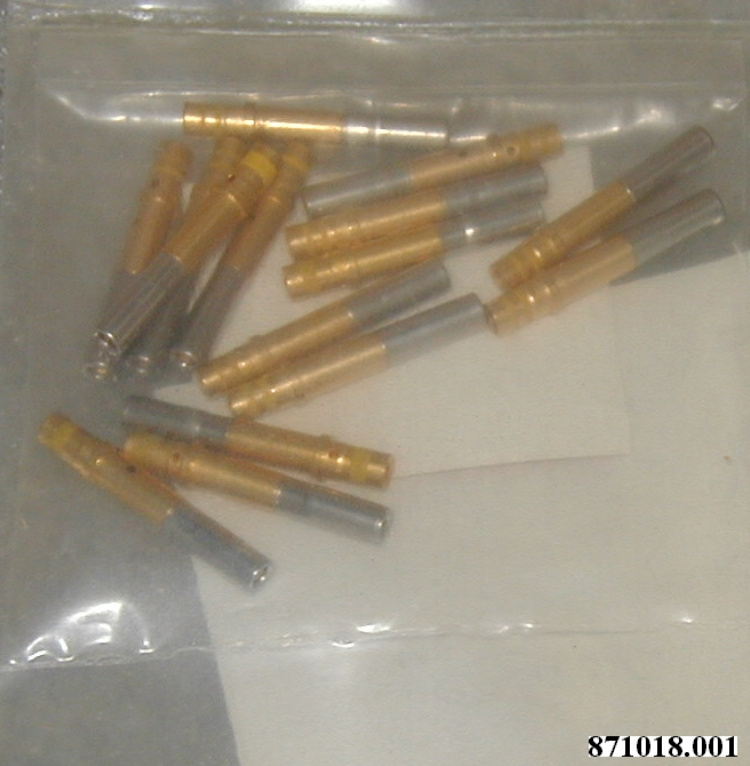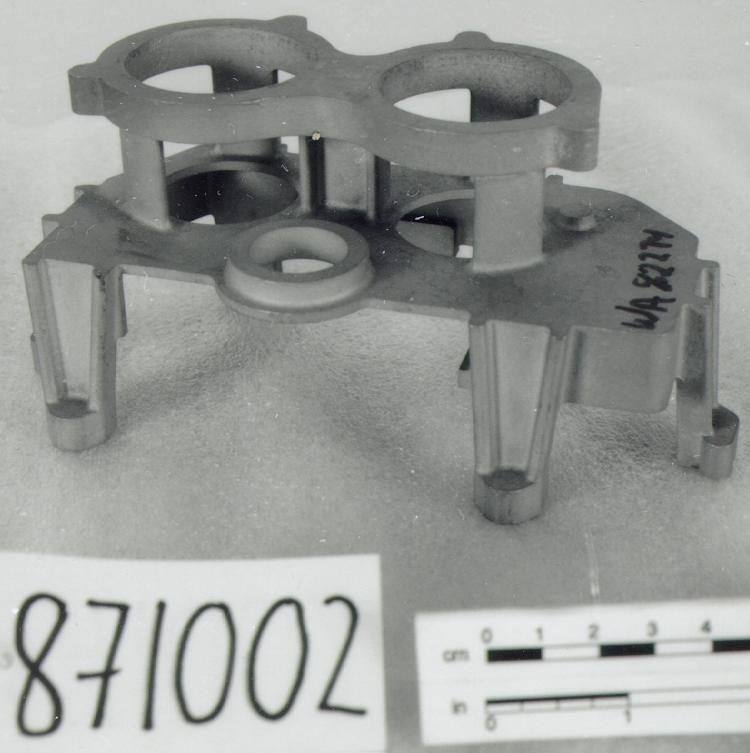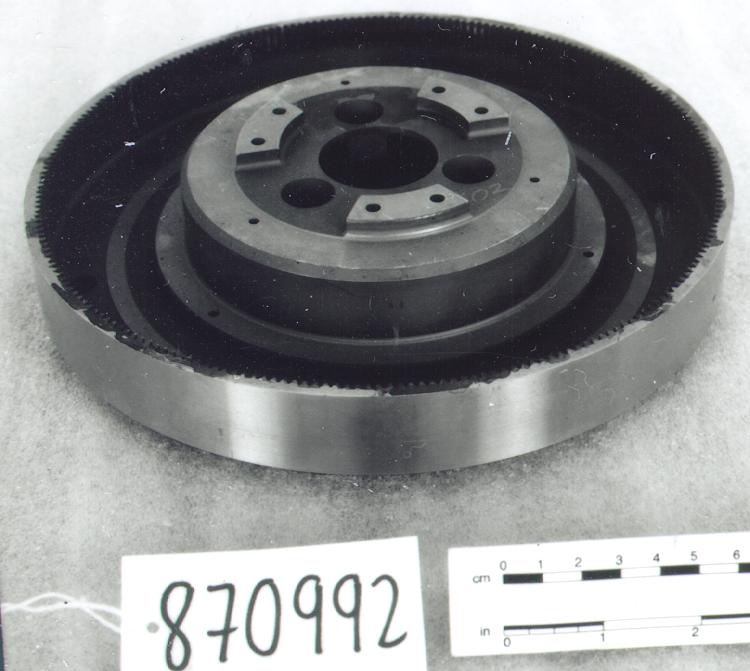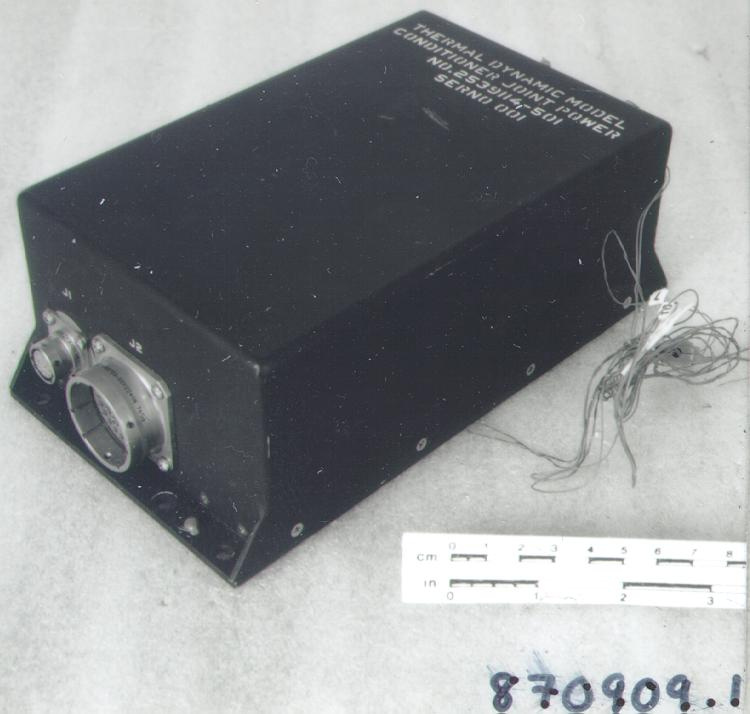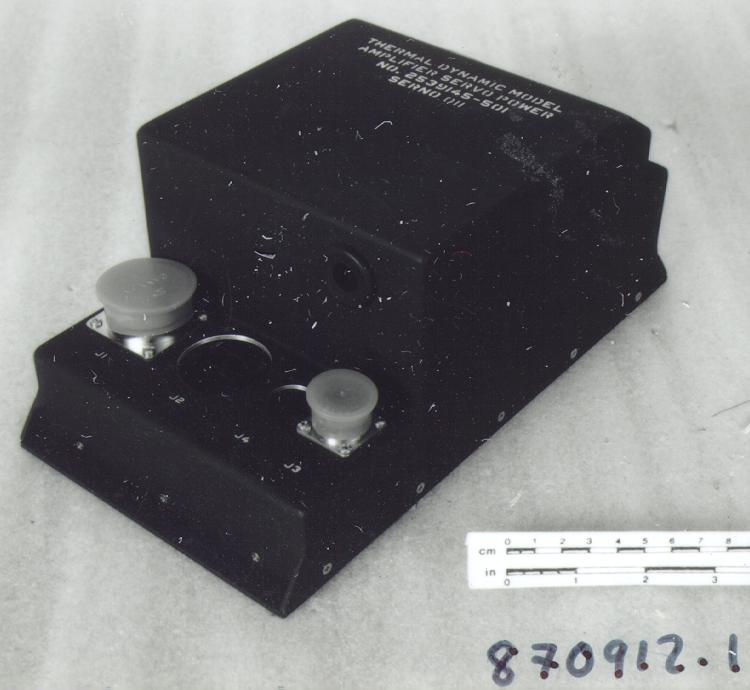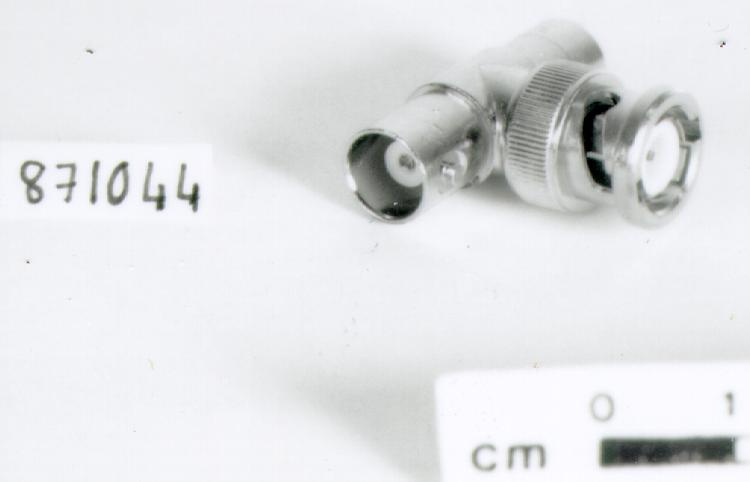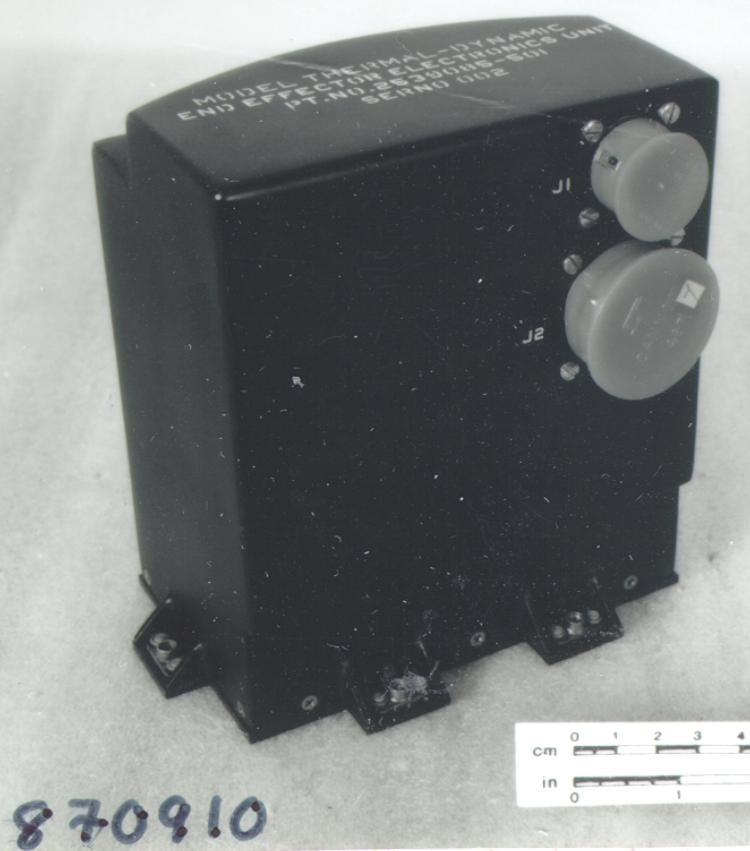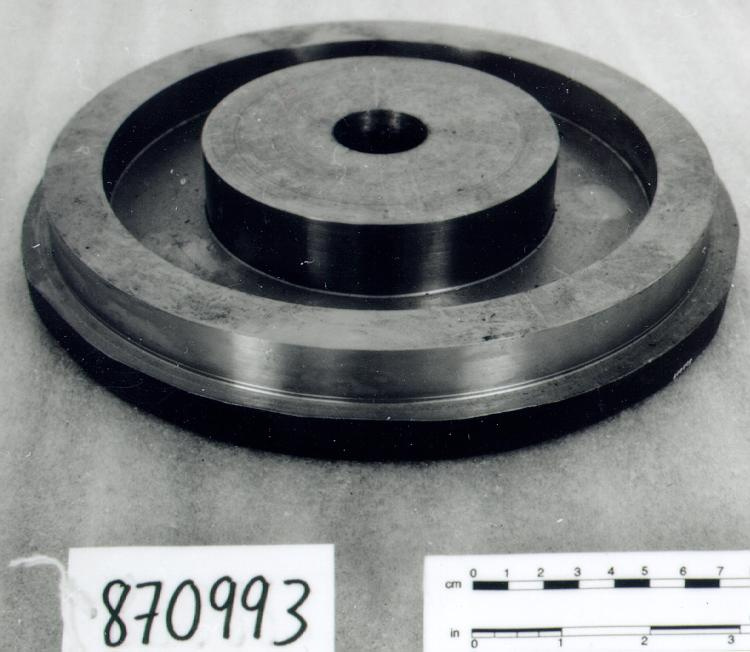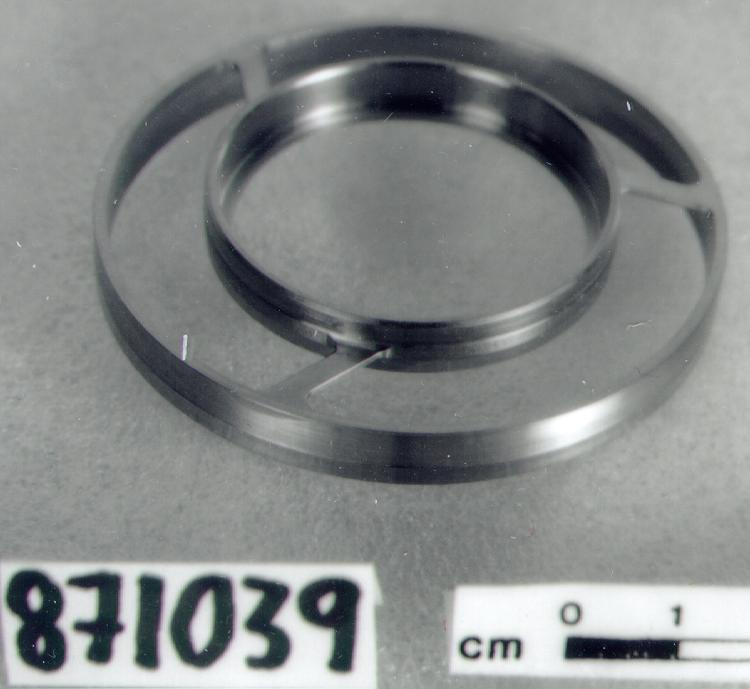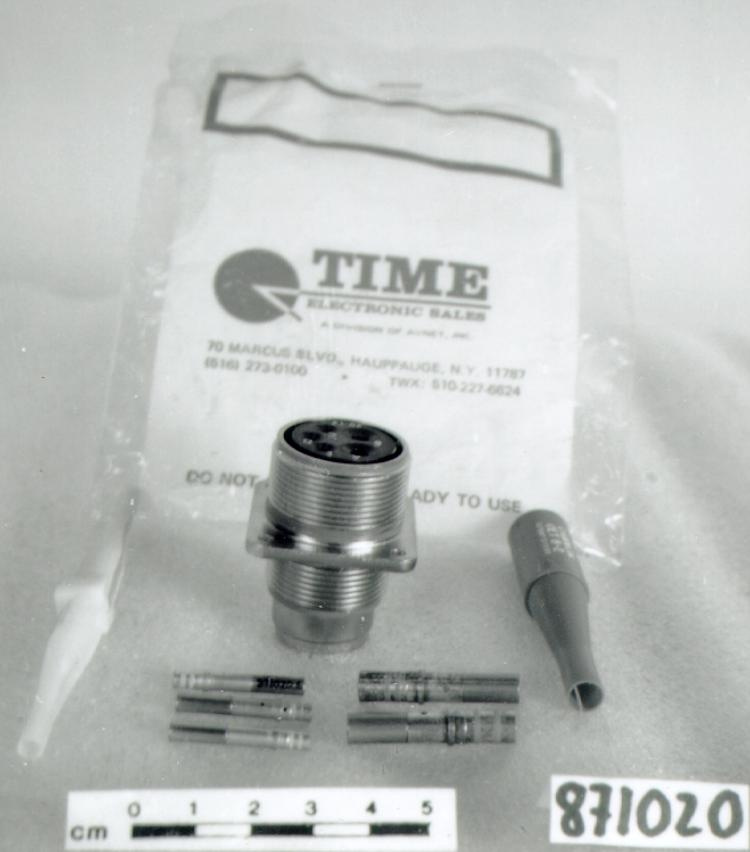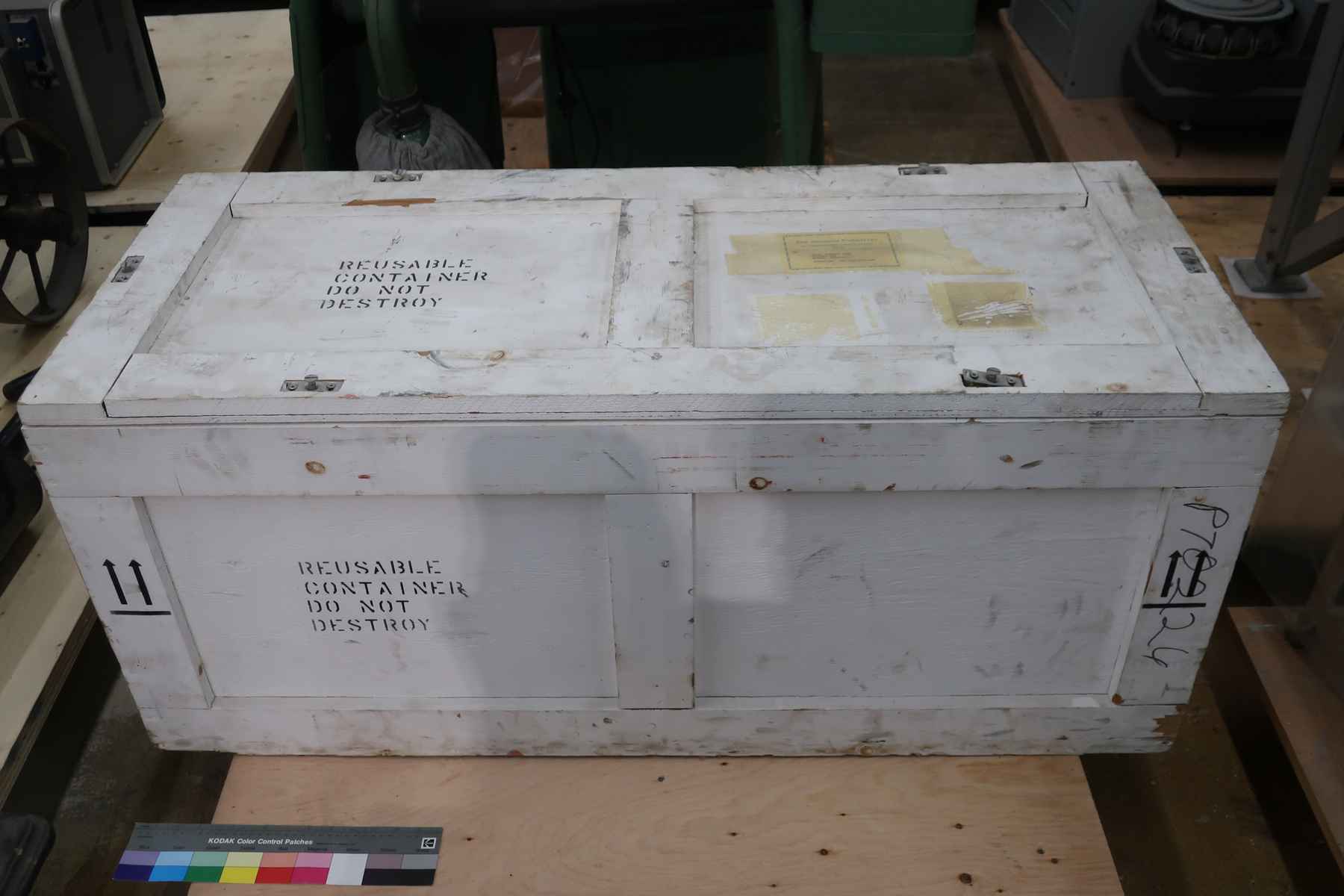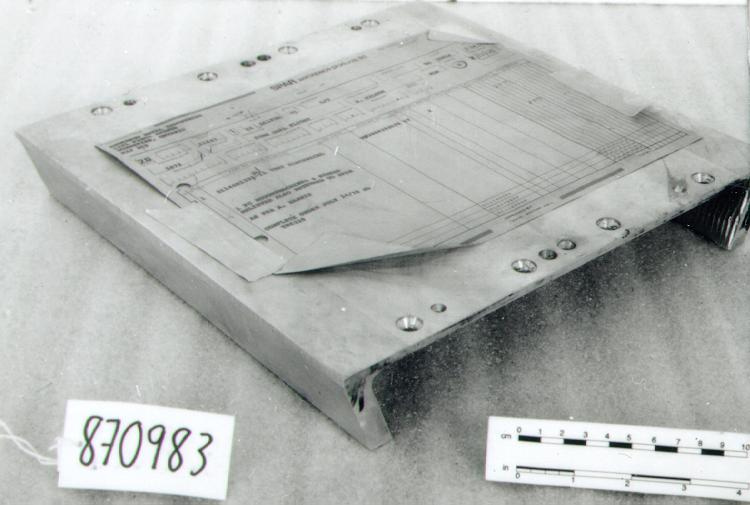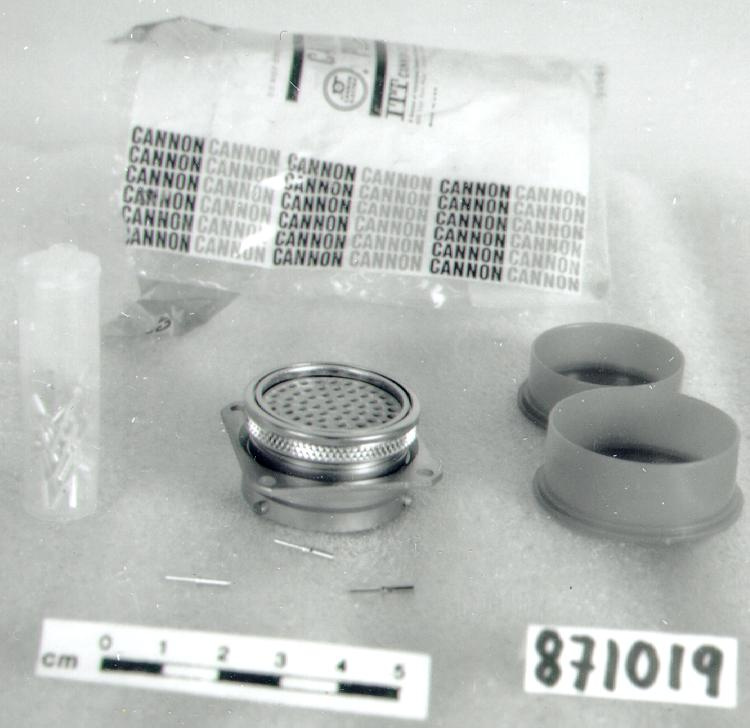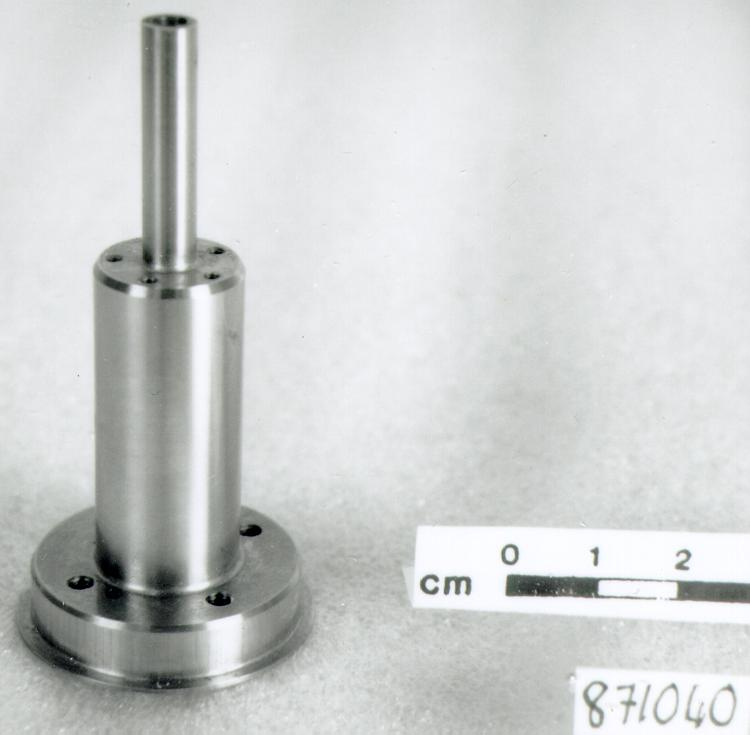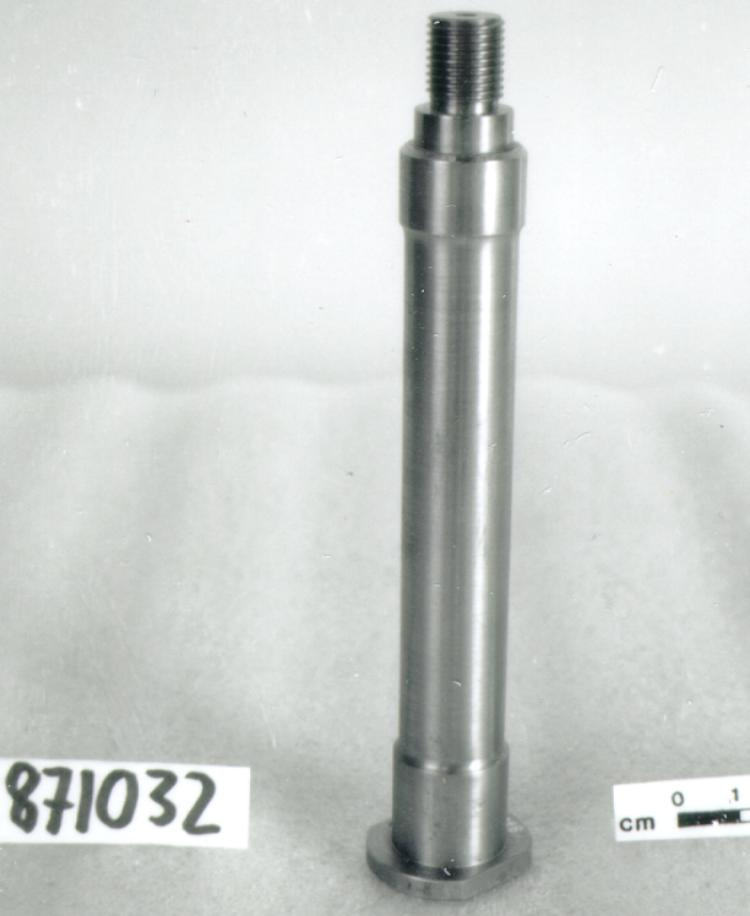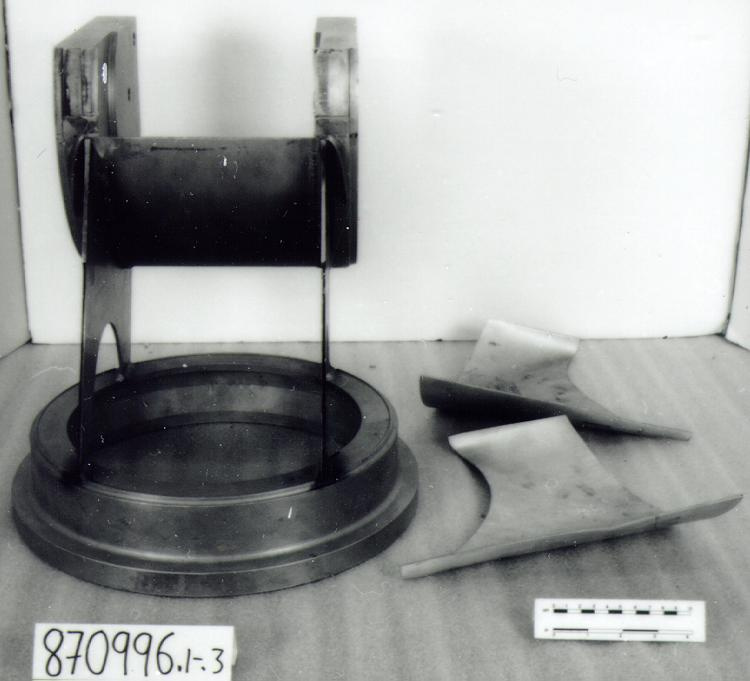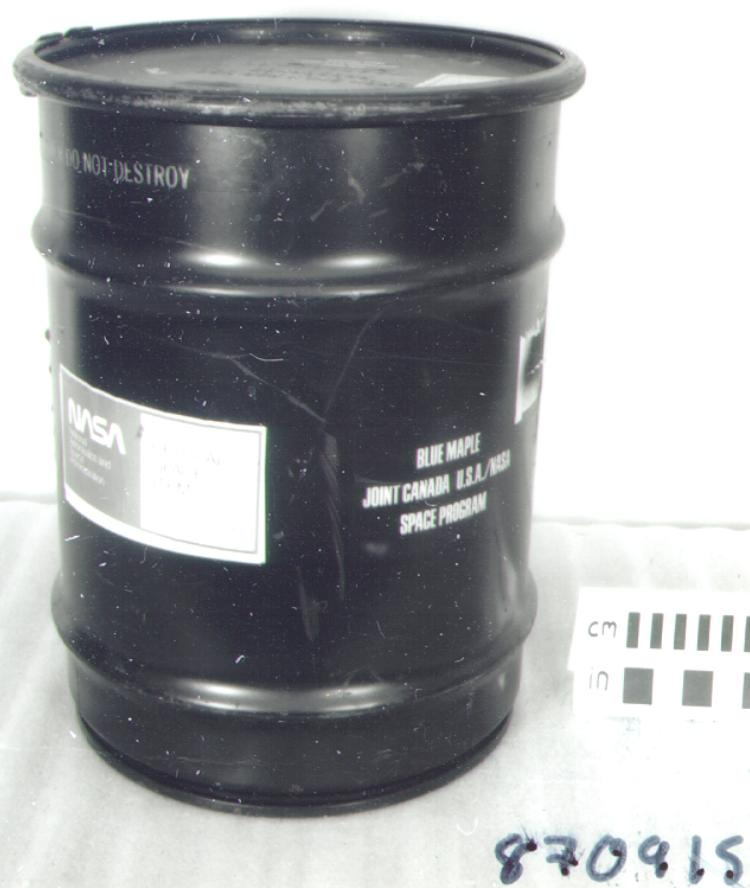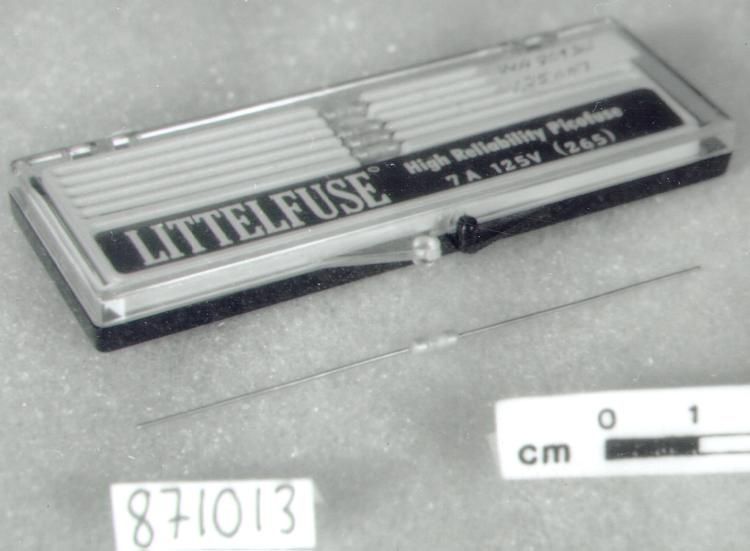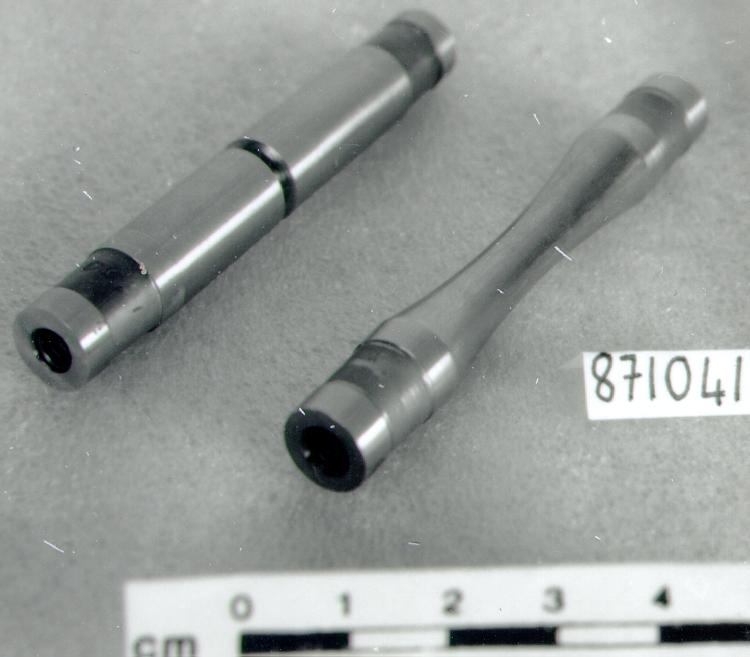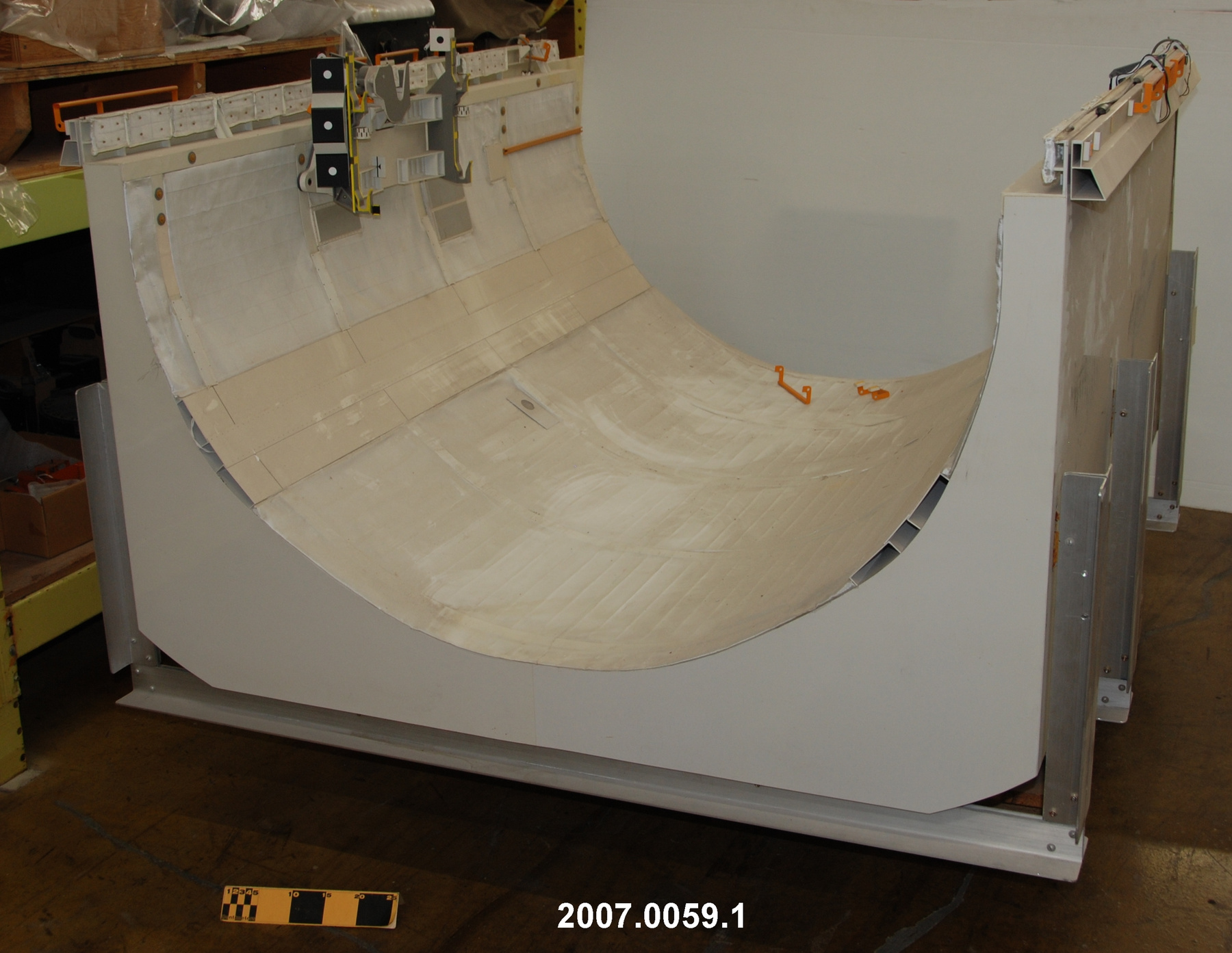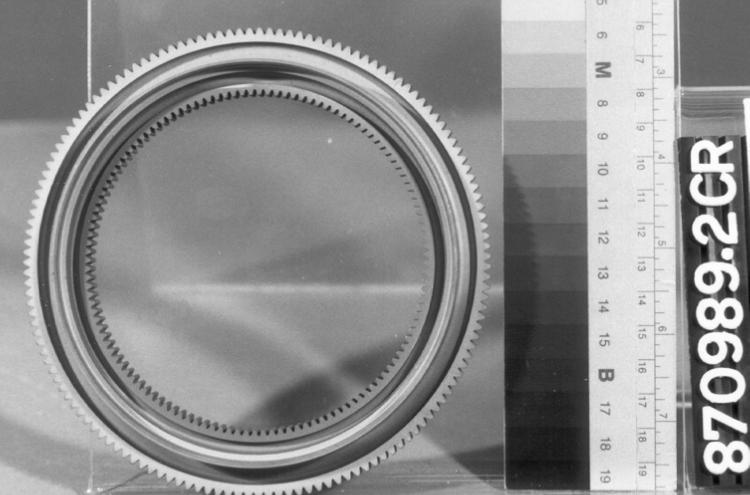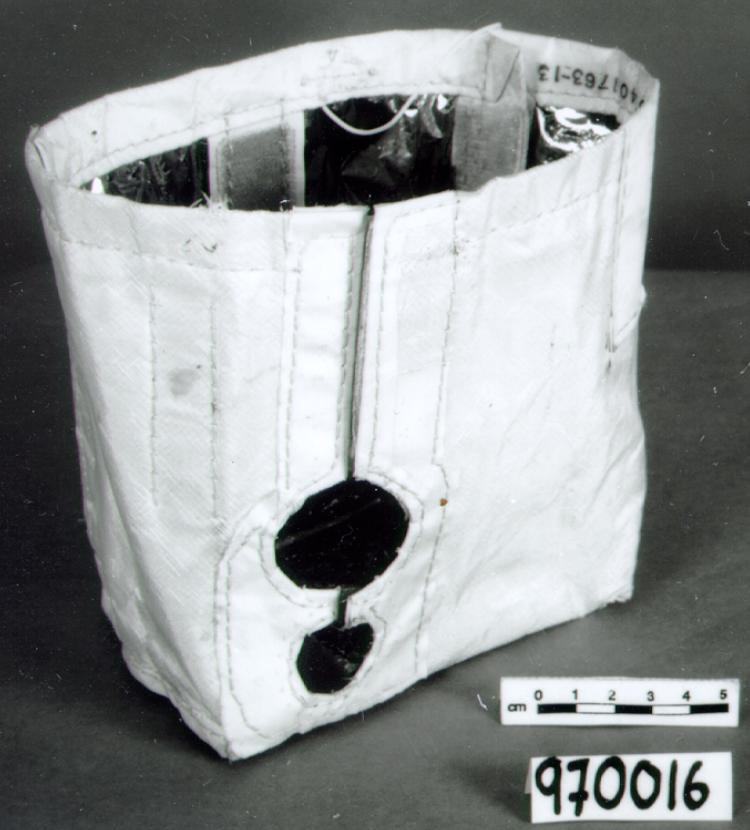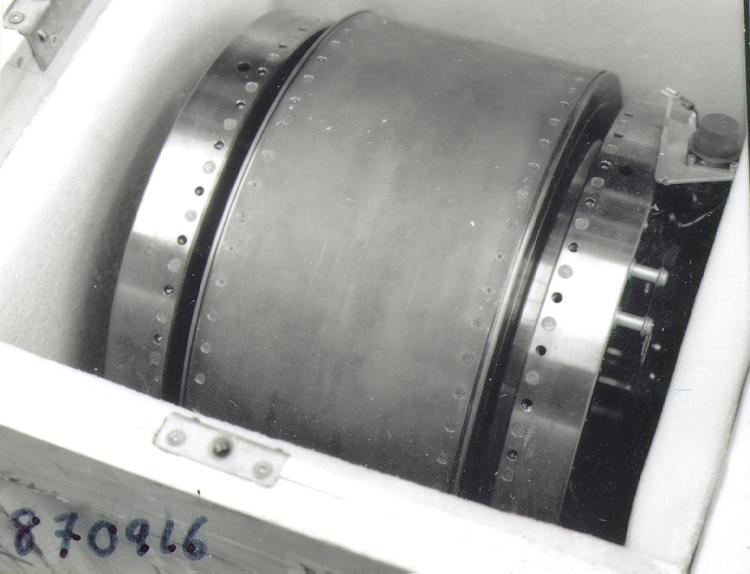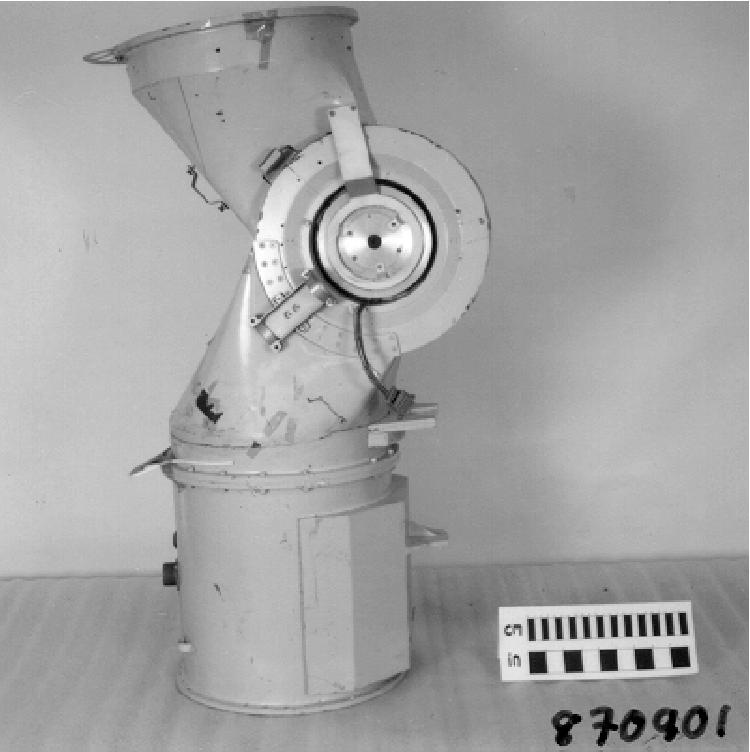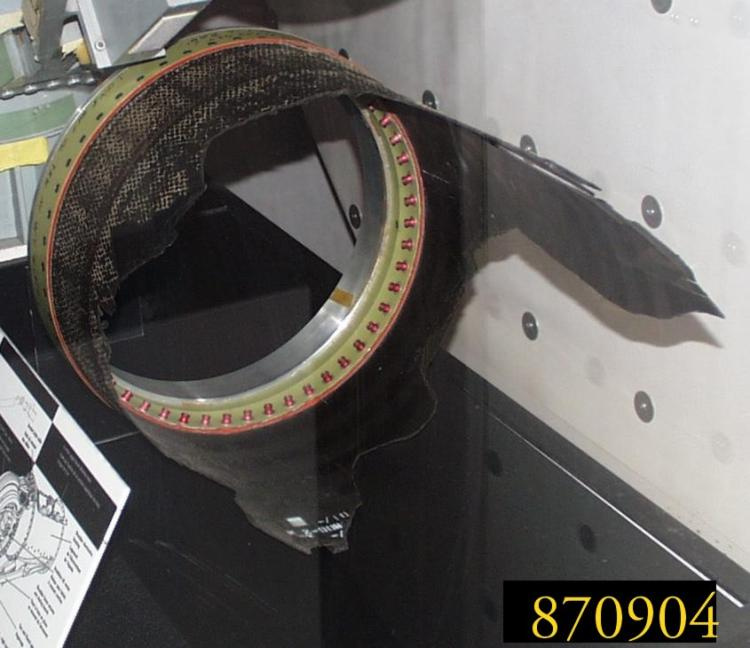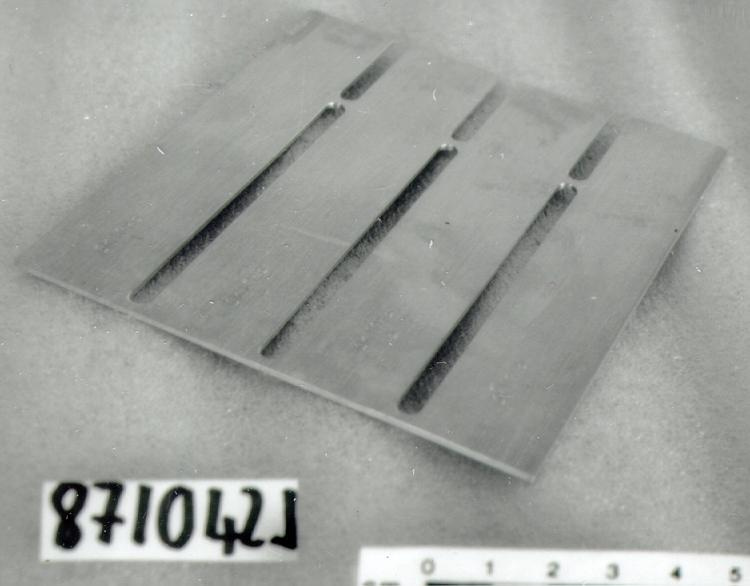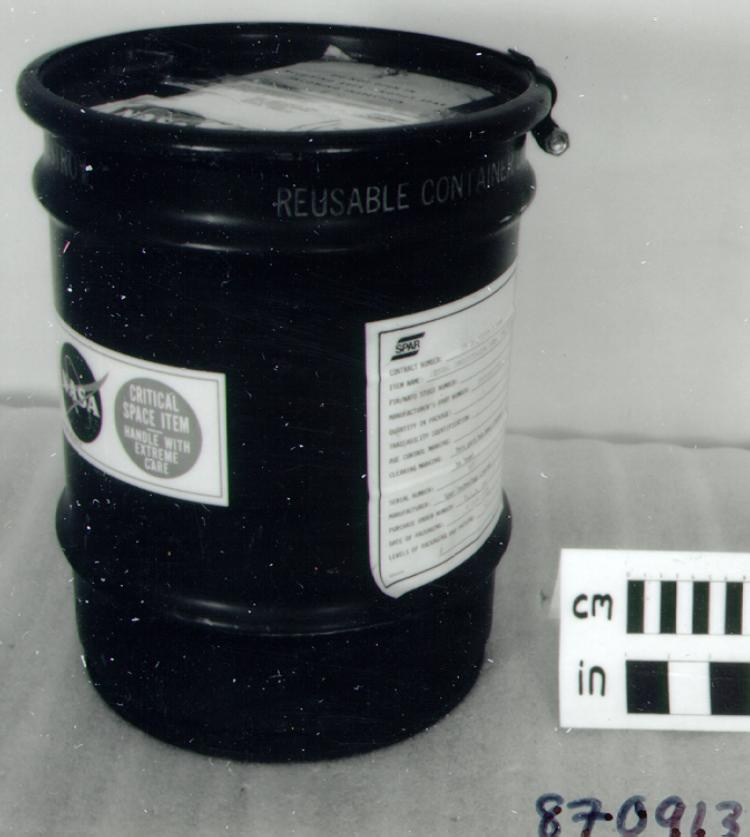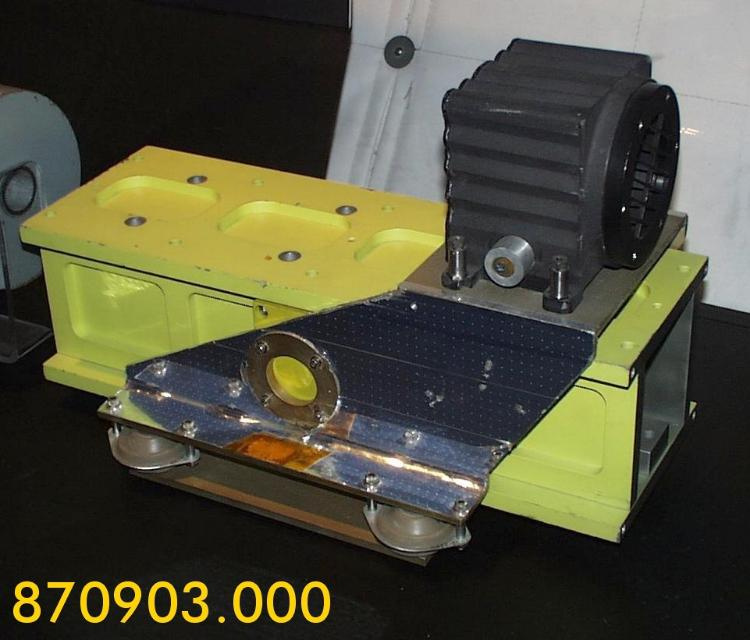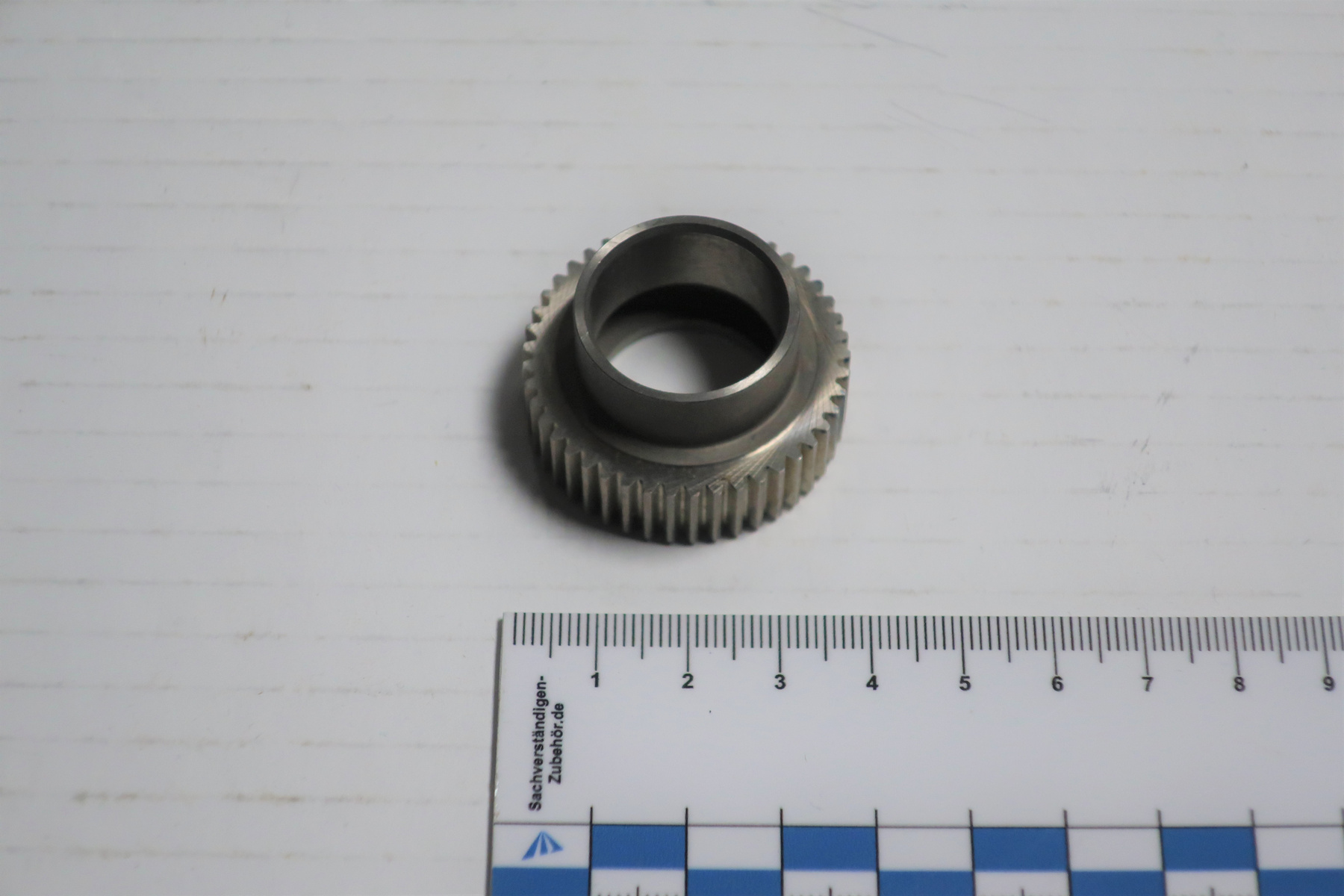Gear
Use this image
Can I reuse this image without permission? Yes
Object images on the Ingenium Collection’s portal have the following Creative Commons license:
Copyright Ingenium / CC BY-NC-ND (Attribution-NonCommercial 4.0 International (CC BY-NC 4.0)
ATTRIBUTE THIS IMAGE
Ingenium,
1987.2661.001
Permalink:
Ingenium is releasing this image under the Creative Commons licensing framework, and encourages downloading and reuse for non-commercial purposes. Please acknowledge Ingenium and cite the artifact number.
DOWNLOAD IMAGEPURCHASE THIS IMAGE
This image is free for non-commercial use.
For commercial use, please consult our Reproduction Fees and contact us to purchase the image.
- OBJECT TYPE
- PLANET CLUSTER/JOINT/REMOTE MANIPULATOR SYSTEM
- DATE
- 1978
- ARTIFACT NUMBER
- 1987.2661.001
- MANUFACTURER
- SPAR AEROSPACE PRODUCTS LTD.
- MODEL
- CANADARM/ 51140E764-1 50B 1
- LOCATION
- Toronto, Ontario, Canada
More Information
General Information
- Serial #
- 292A
- Part Number
- 1
- Total Parts
- 4
- AKA
- N/A
- Patents
- N/A
- General Description
- Ferrous metal gear
Dimensions
Note: These reflect the general size for storage and are not necessarily representative of the object's true dimensions.
- Length
- N/A
- Width
- N/A
- Height
- 2.1 cm
- Thickness
- N/A
- Weight
- N/A
- Diameter
- 3.6 cm
- Volume
- N/A
Lexicon
- Group
- Space Technology
- Category
- Manned spacecraft
- Sub-Category
- N/A
Manufacturer
- AKA
- SPAR
- Country
- Canada
- State/Province
- Ontario
- City
- Toronto
Context
- Country
- Canada
- State/Province
- Ontario
- Period
- Tested in May, 1978
- Canada
-
Canadian designed and built Canadarm was Canada’s contribution to U.S. Space Shuttle Program and successful commercial venture for Canada’s space industry. First RMS was manufactured by Canadian firms under contract to NRC and was given to NASA. NASA then purchased additional units to equip all orbital vehicles. Spar Aerospace, the Canadarm’s primary contractor, designed and built the Canadarm in Toronto to exacting criteria for precision movement, manual and automatic operations, safety, reliability, and weight. Although it had never been tested in the harsh environment of Space, the Canadarm worked flawlessly straight out of the box. - Function
-
Parts from mock-up of various section of Canadarm, used and tested by engineers and technicians. - Technical
-
These pieces reflect the concentrated testing that took place on the Canadarm models represented in this artifact number series. The following passage, describing this research and development is taken from Glenn Gook’s The Canadian Designed and Built SPAR/MDA Canadarms: “Managing the number of parts and their inevitable design trade-offs turned out to be one of the most complex tasks associated with the delivery of the final product. To understand this challenge, one must realize that the final Canadarm had to be capable of operating from an even more complex machine (the Shuttle/Orbiter) with a stated reliability of 100%. Putting it more simply, it had to work first time and every time! NASA also stipulated that the arm must sustain two major component failures with no threat to the crew. Making it more difficult, this reliability had to be met in the absence of testing in the environment of space in which it was to operate. This testing could only be accomplished through the development of ground-based simulators.” (Ref.1) Two major forms of testing, or simulation, were required. The first, of which these pieces are related, allowed engineers to test the device on earth. As Gook describes, “the first earthbound simulator took the form of a specially designed steel rig on air-bearings that can be likened to air cushions. This system, located and installed at the Spar Robotics Ormont Drive plant in North York, allowed the rig to seamlessly glide across a perfectly smooth floor thereby simulating a single plane of motion. To test other planes of motion the arm would be turned 90 degrees until all planes had been tested. In this step-by-step manner the Canadarm was successfully evaluated and subsequently certified for space operation.” The second testing/simulation focused on training astronauts on the ground so they could become familiar with the arm’s response times as they would exist in a microgravity or weightless environment. (Ref.1) Tested parts were either approved for use or rejected. Parts were rejected for a number of reasons that resulted from a variety of malfunctions. Engineers documented testing outcomes on colour coded cards and attached them to the approved or rejected parts. When the NRC transferred the Canadarm models to Ingenium, the corporation received two large crates full of tested parts. These parts ranged in size from large covering plates to very, very small fittings. See worksheet for photo of crates of parts. - Area Notes
-
Unknown
Details
- Markings
- Incised into the side of the gear: "292A"/ On tag found with the gear: "REJECTED/ SPAR AEROSPACE PRODUCTS LTD./ 825 CALEDONIA ROAD/ TORONTO, ONTARIO M6B 3X8/ PART NO.51140E764-1 50B1/ W.O. NO. [2004]3-43095/ DEPARTMENT 133/ DESCRIPTION PLANET CLUSTER/ SER. NO. 292A/ QTY REC. 220 QTY REJ. 7/ INSPECTOR'S STAMP B.T./B [stamped]/ DATE MAY 15/78 REJ. NO. 28137/ RECEIVING INSP. DEPT. ONLY/ R/S NO./ SUPPLIER/ PURCHASE ORDER/ SPAR 2016"/ On the other side of the tag: "REASON FOR REJECTION/ BURN INDICATIONS ON GEAR TEETH/ INSPECTOR'S SIGNATURE [signed name]"/ Tag placed in supplementary information file, see References
- Missing
- None apparent
- Finish
- Dull grey metal gear.
- Decoration
- N/A
CITE THIS OBJECT
If you choose to share our information about this collection object, please cite:
SPAR AEROSPACE PRODUCTS LTD., Gear, circa 1978, Artifact no. 1987.2661, Ingenium – Canada’s Museums of Science and Innovation, http://collections.ingeniumcanada.org/en/id/1987.2661.001/
FEEDBACK
Submit a question or comment about this artifact.
More Like This
